Products
Mainly produces mining support series; mining accessories series; mining equipment series; used equipment series.
Mine Support Equipment
Mine support equipment is critical for ensuring the safety of underground operations and stable production. It is primarily used to reinforce the surrounding rock structures of mine tunnels, tunnels, and underground engineering projects, preventing collapse and deformation.
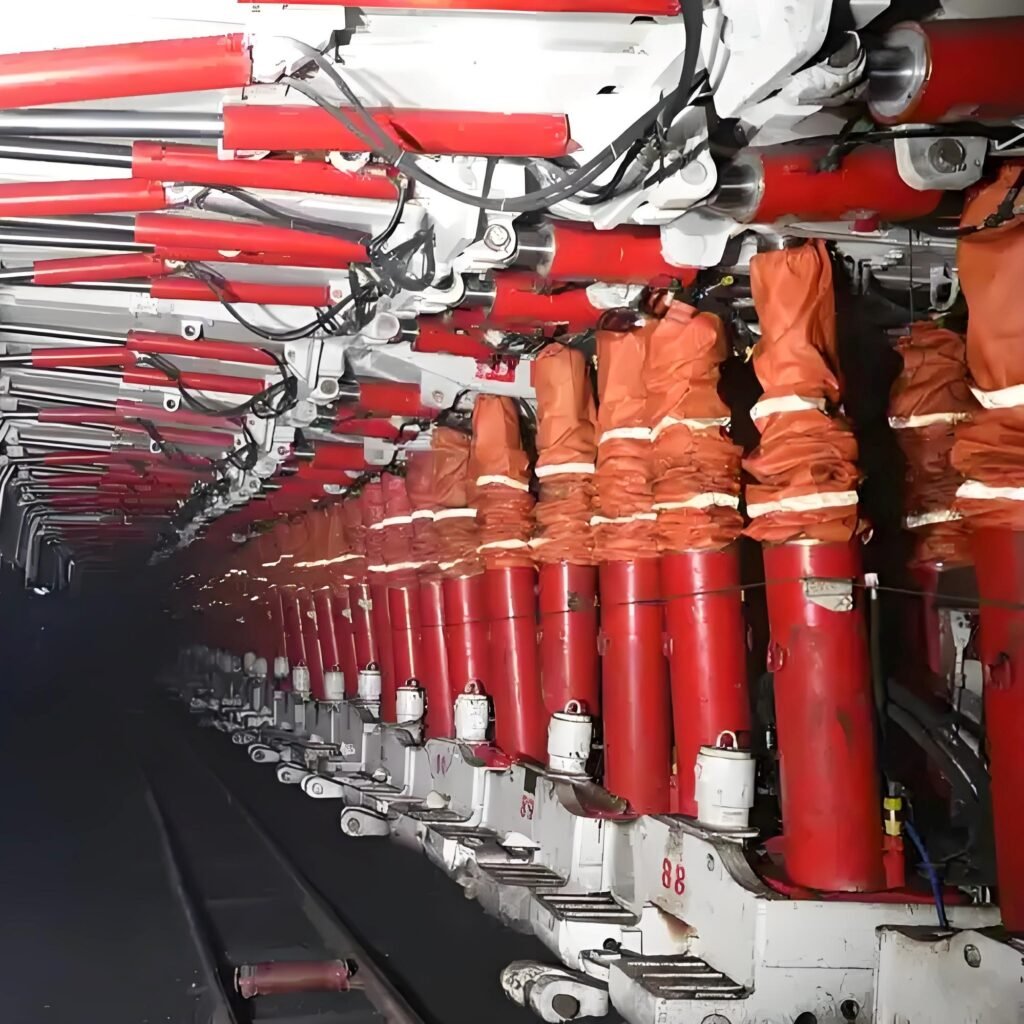
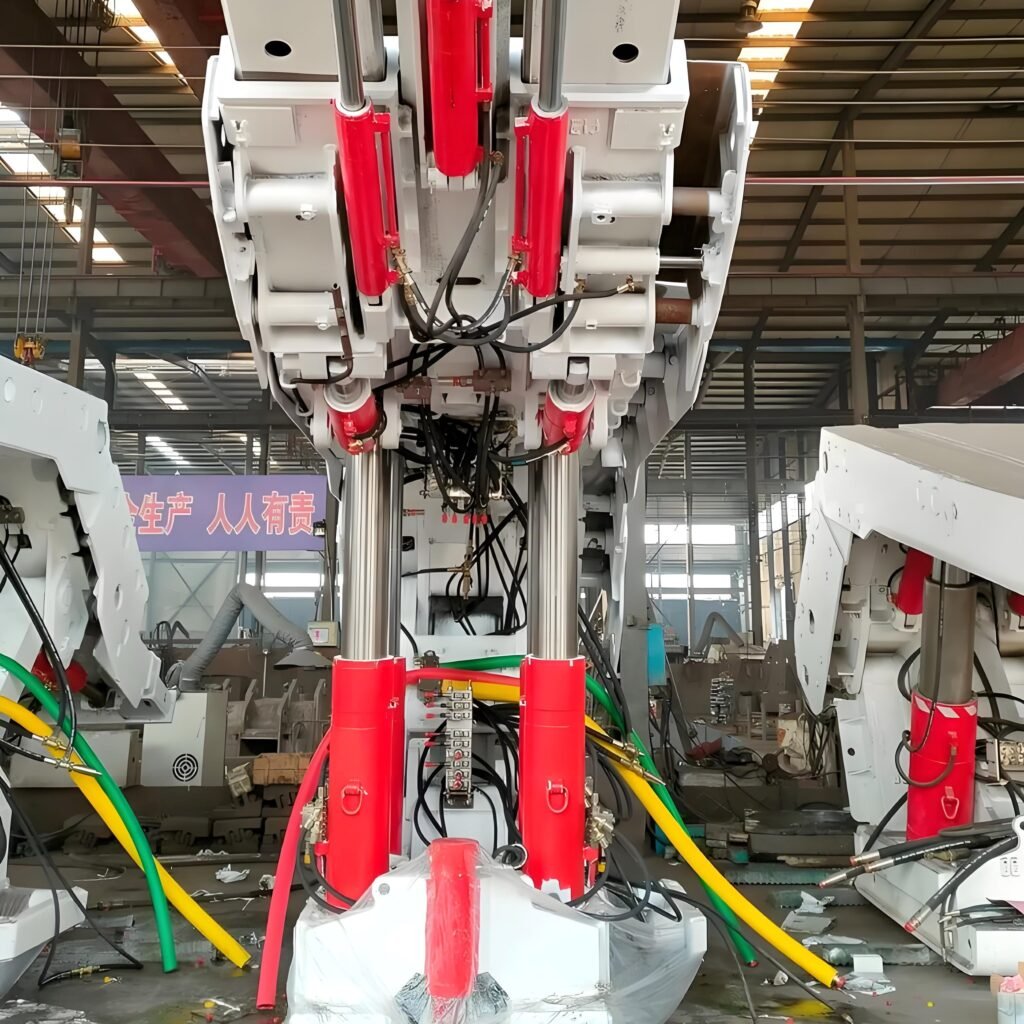
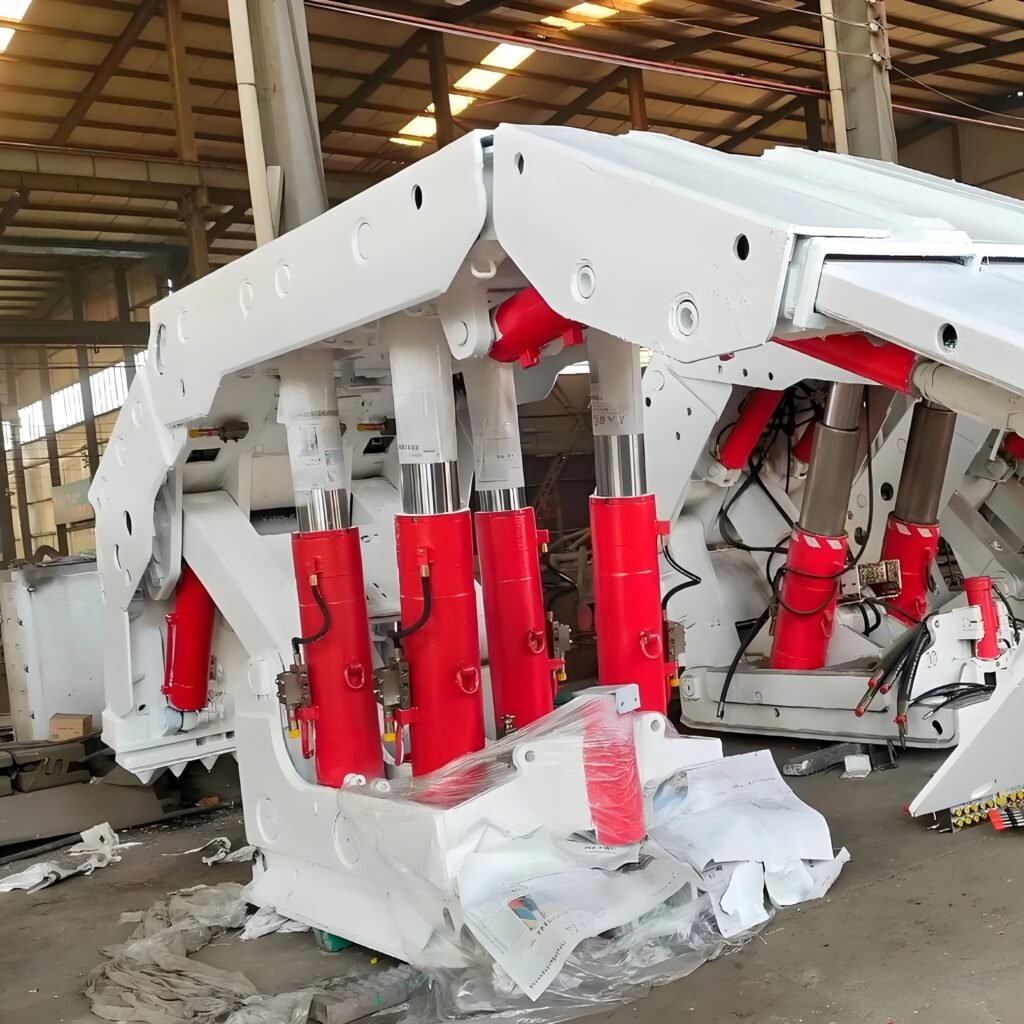
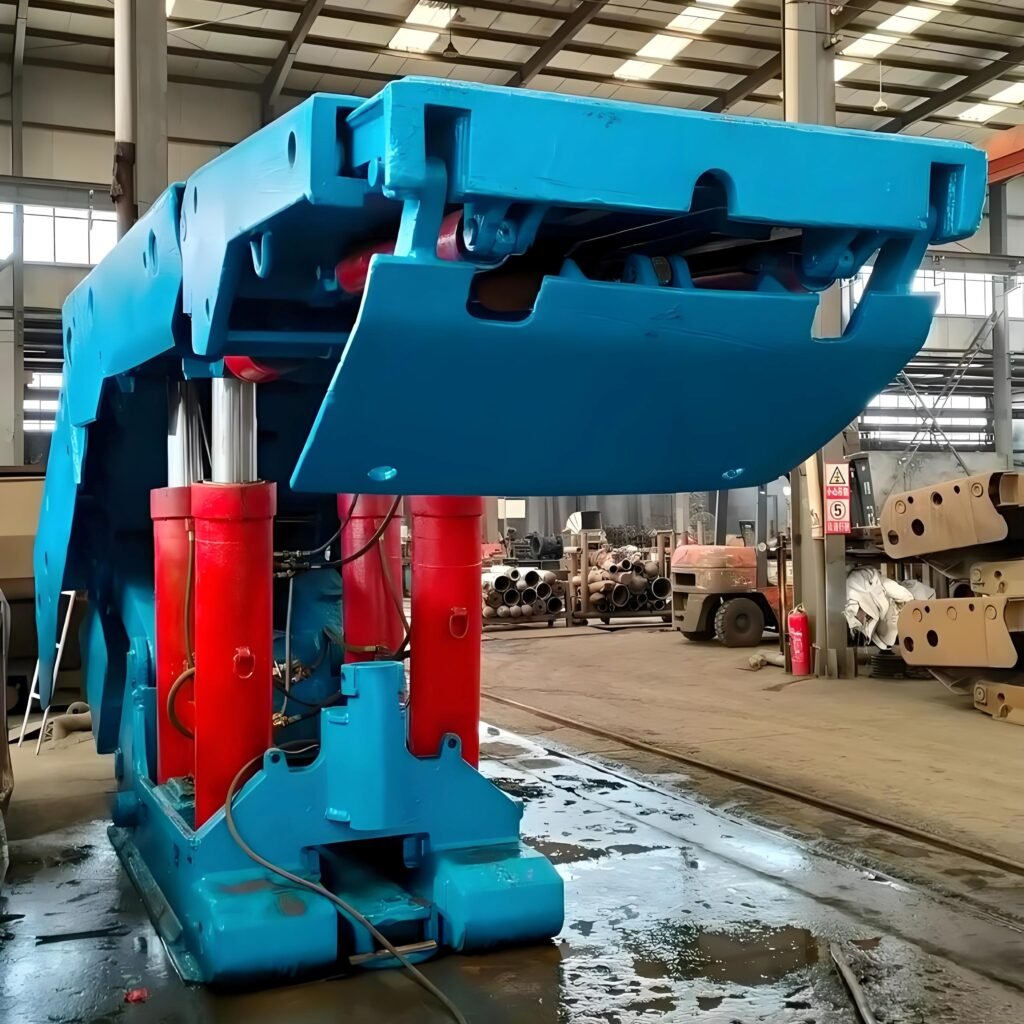
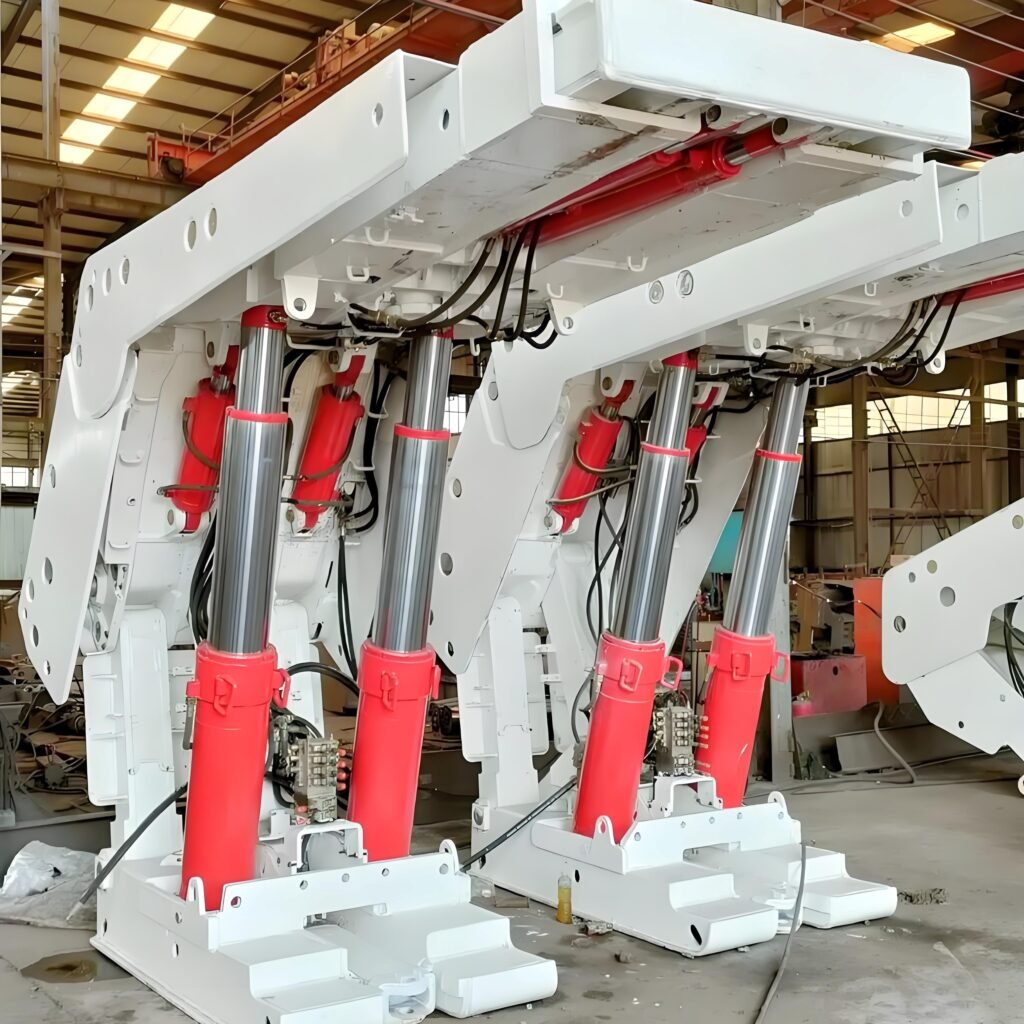
Hydraulic Support Components & Single Hydraulic Props
Hydraulic jacks are core support equipment in coal mines, primarily used to prop up roof strata, control deformation of surrounding rock in roadways or working faces, prevent roof collapses, and ensure the safety of underground working spaces.
– In coal mining workfaces, it is used in conjunction with hydraulic supports to actively support the roof, advancing in tandem with mining progress to achieve “mining and support in parallel.”
– During roadway excavation, it functions independently or as part of temporary supports to secure the exposed roof after excavation, buying time for subsequent permanent support installation.
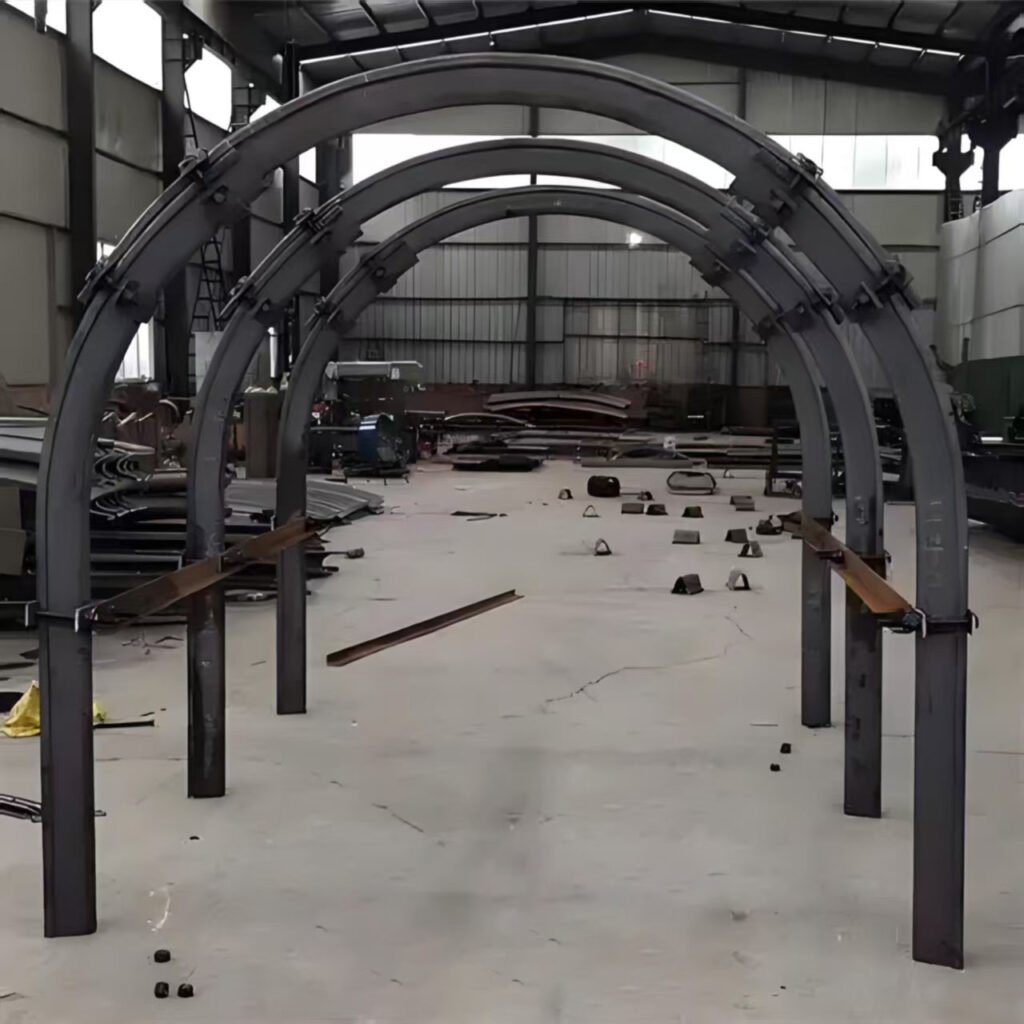
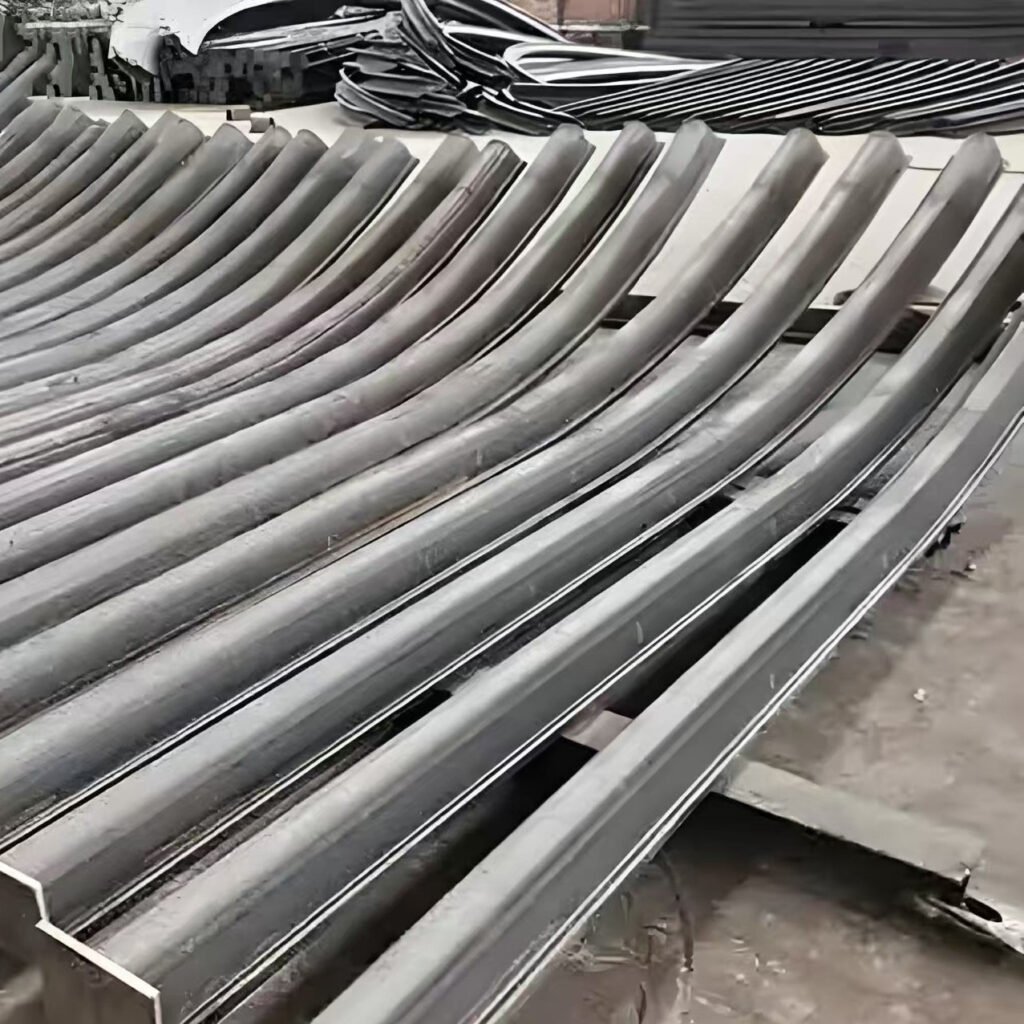
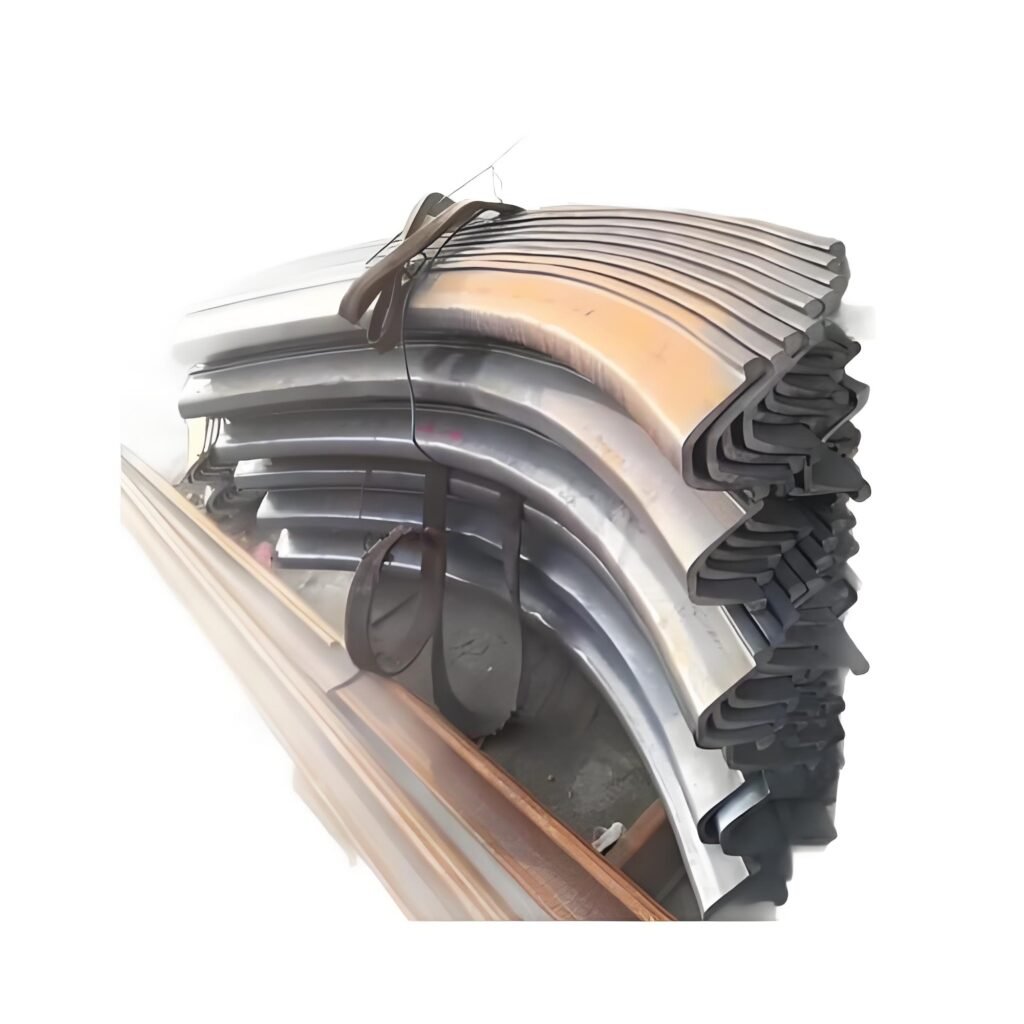
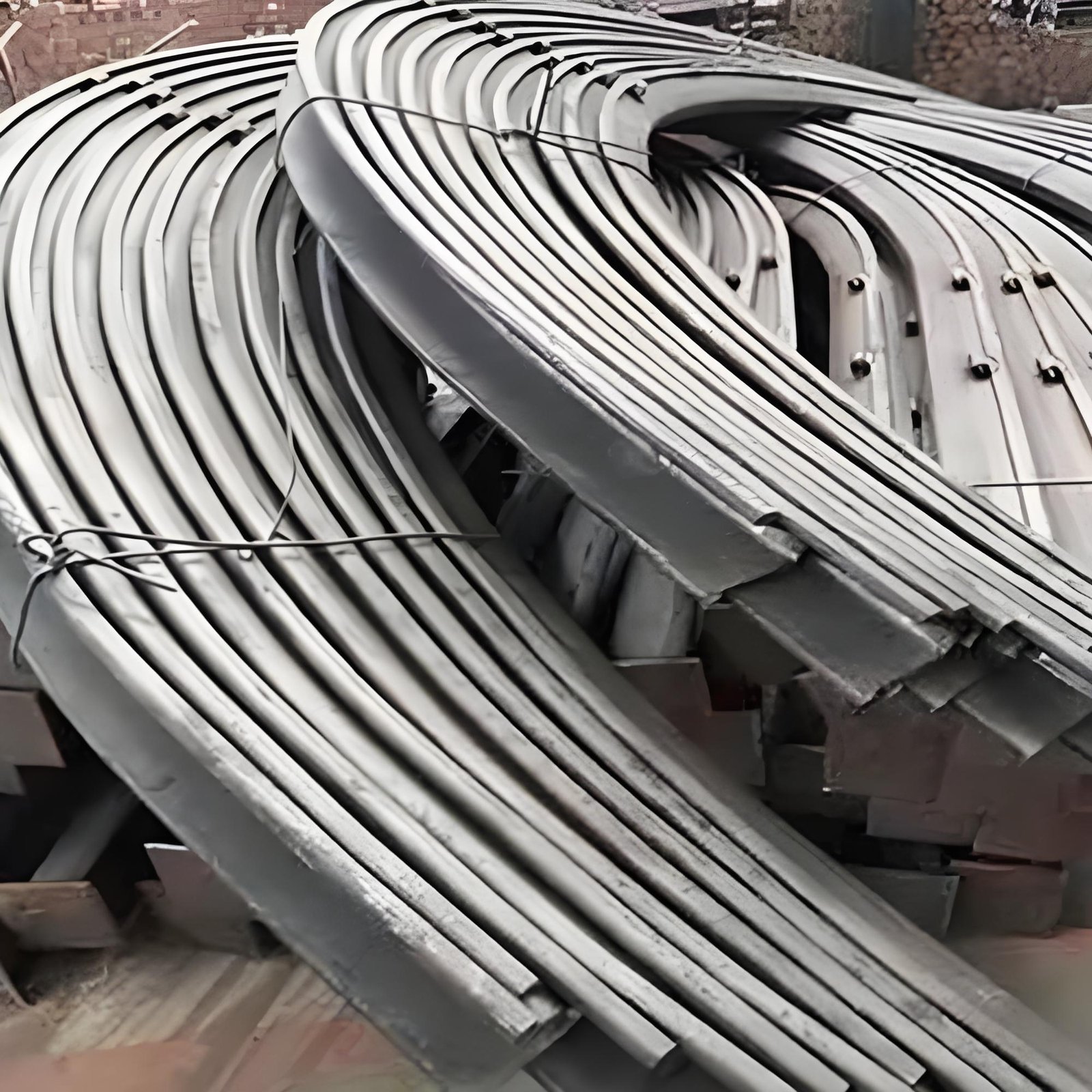

U-shaped steel bracket
U-shaped steel supports offer greater flexibility and stable, reliable load-bearing capacity compared to other rigid supports. They adapt well to the loads and deformations of loose surrounding rock, feature high cross-sectional utilization, facilitate easy installation and maintenance, and exhibit high recovery and reuse rates.
This approach reduces timber usage and delivers significant environmental benefits.
– High support and stability
– Adapt to surrounding rock deformation
– Easy installation and maintenance
– High recycling and reuse rate
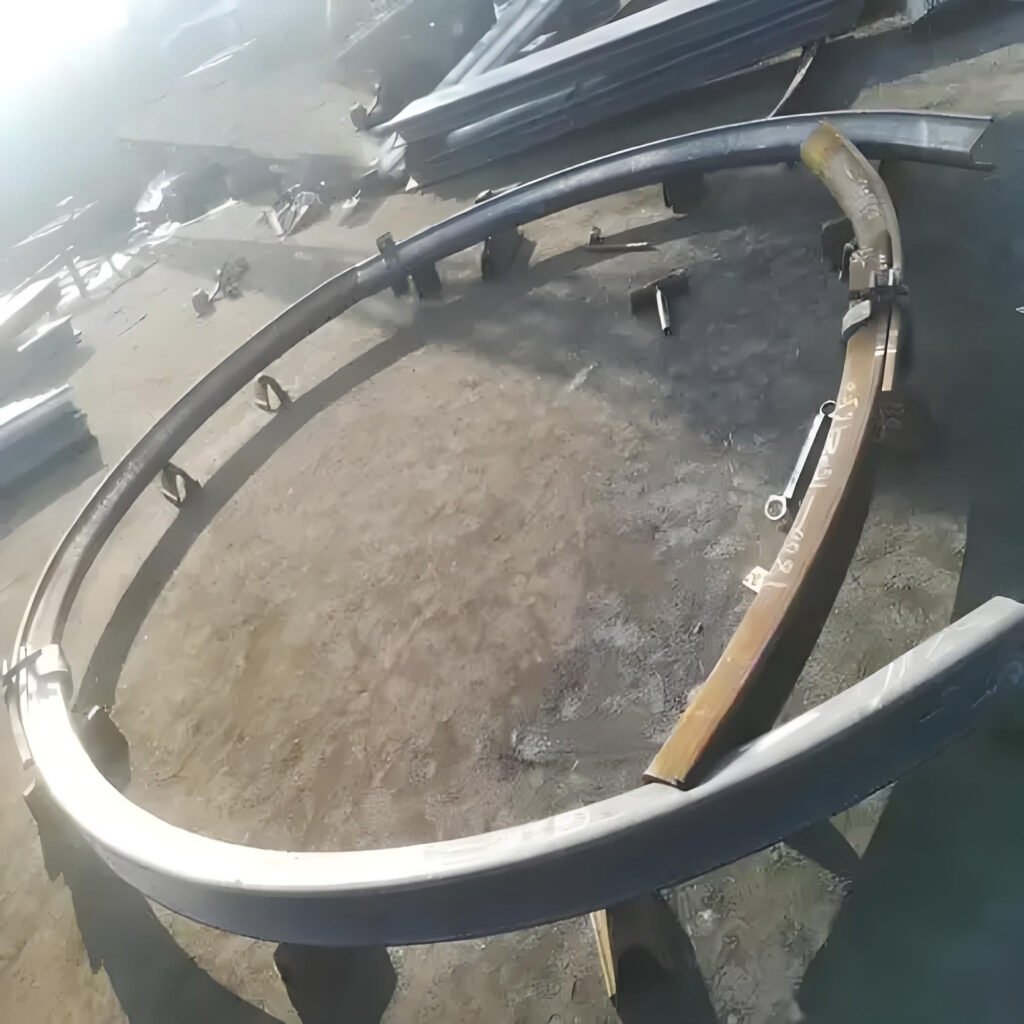
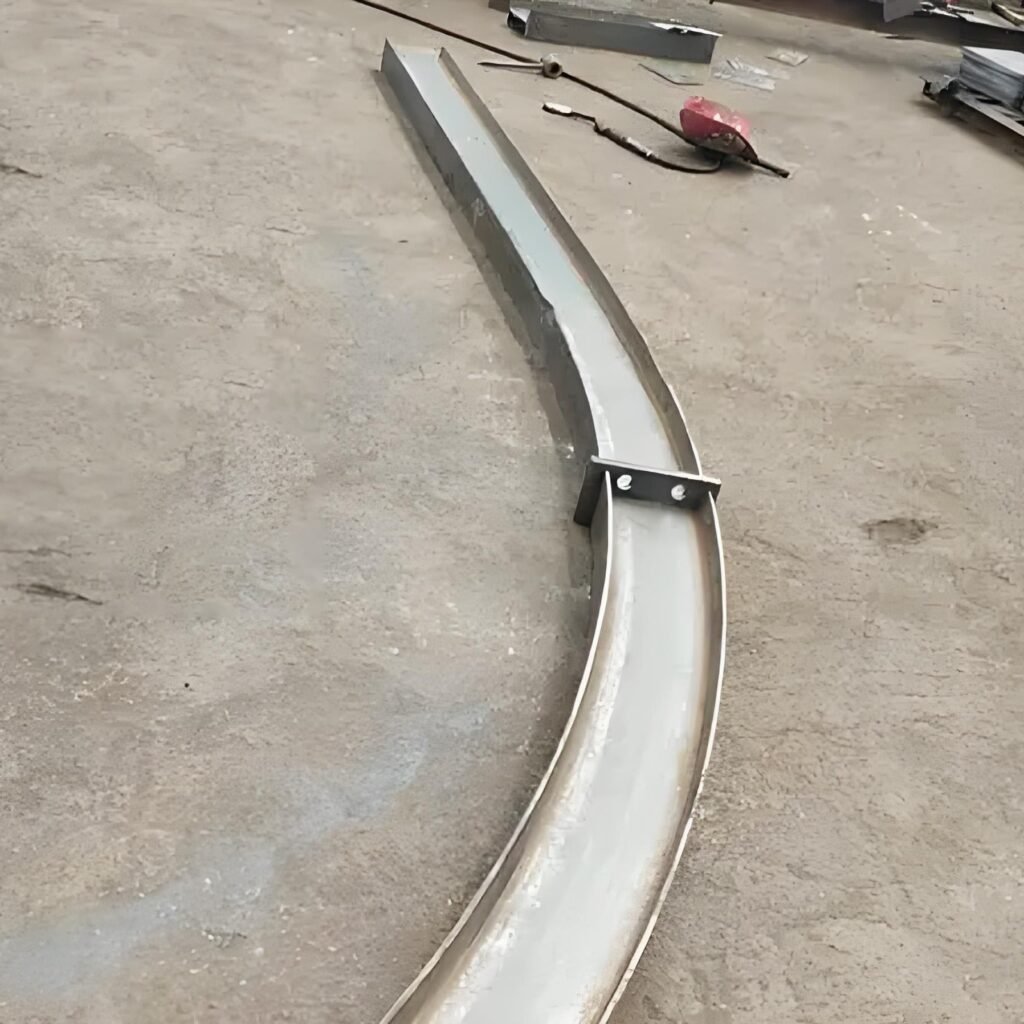
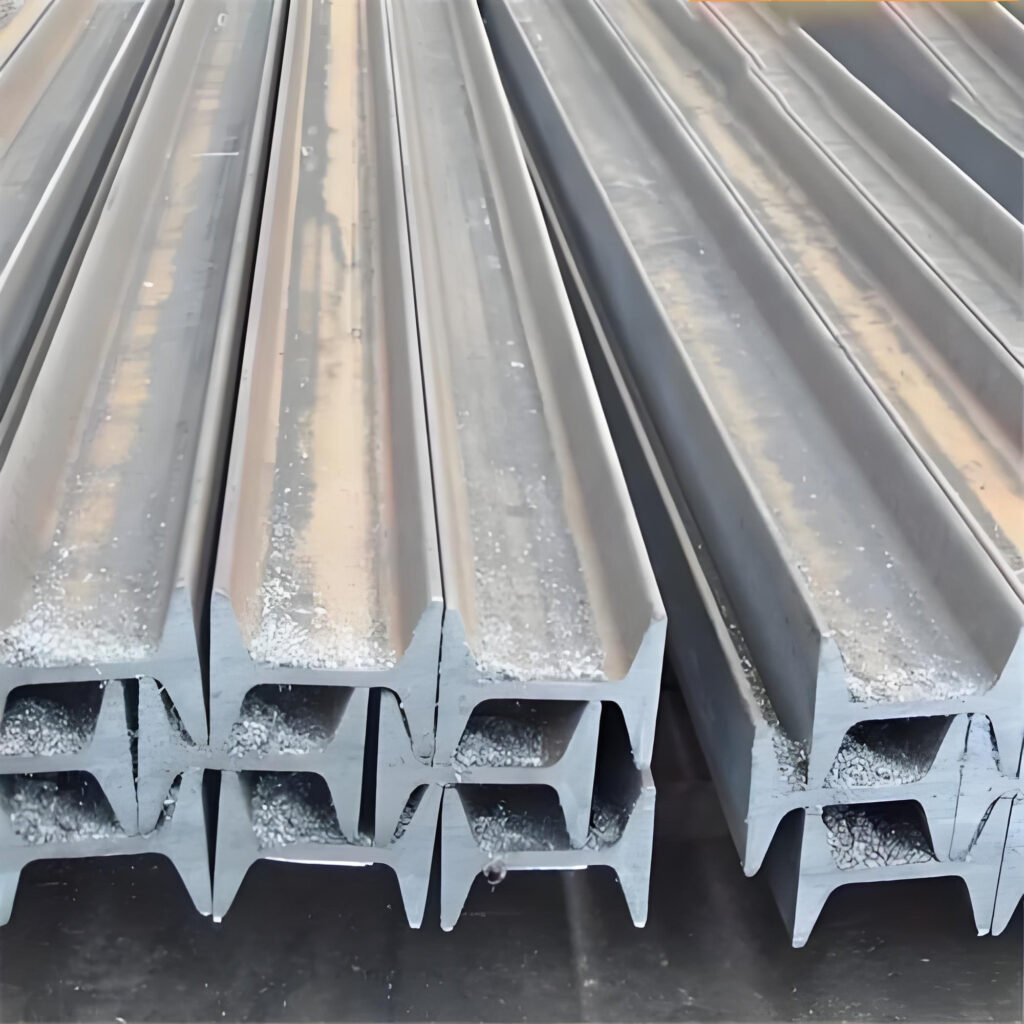
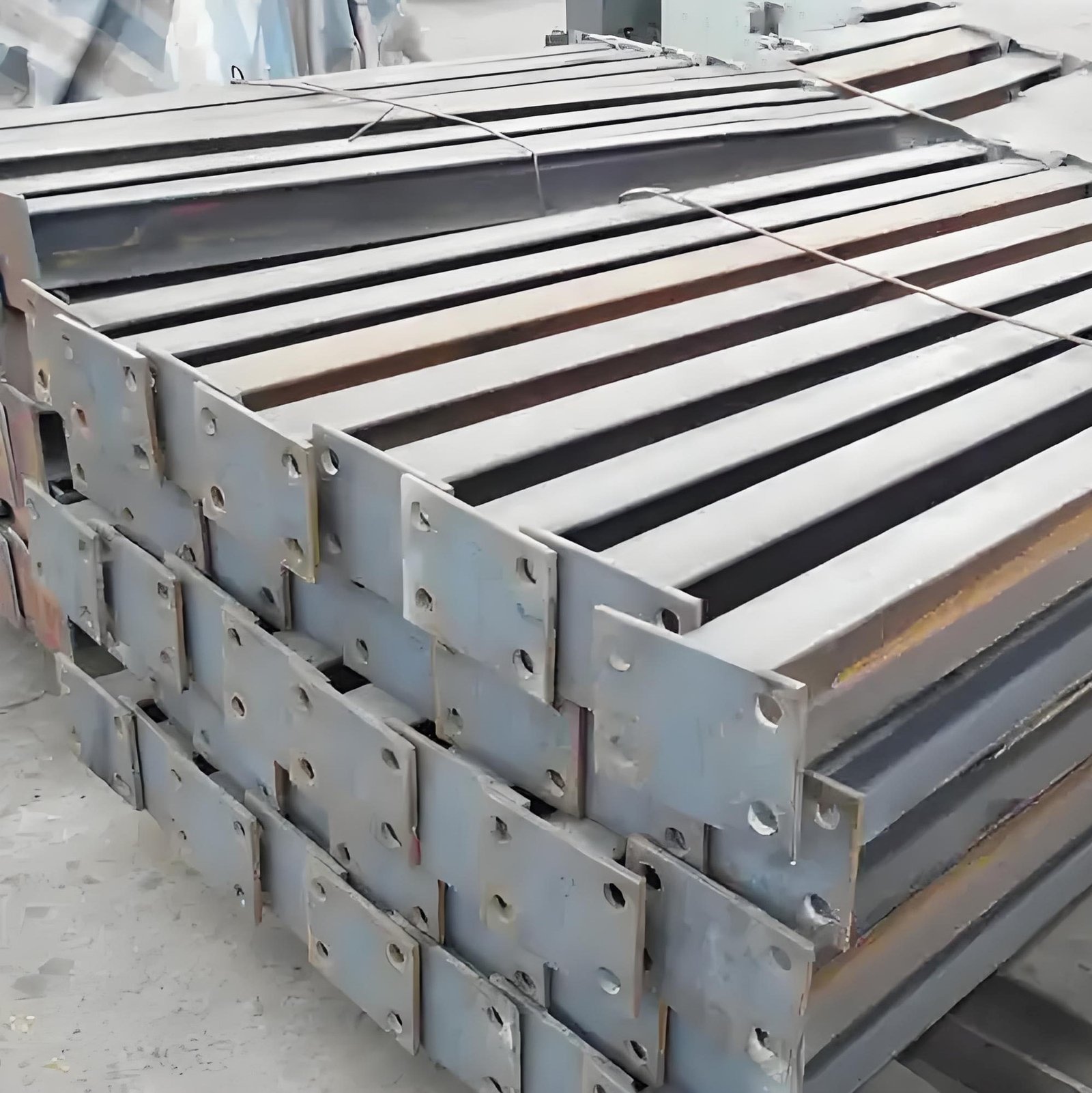
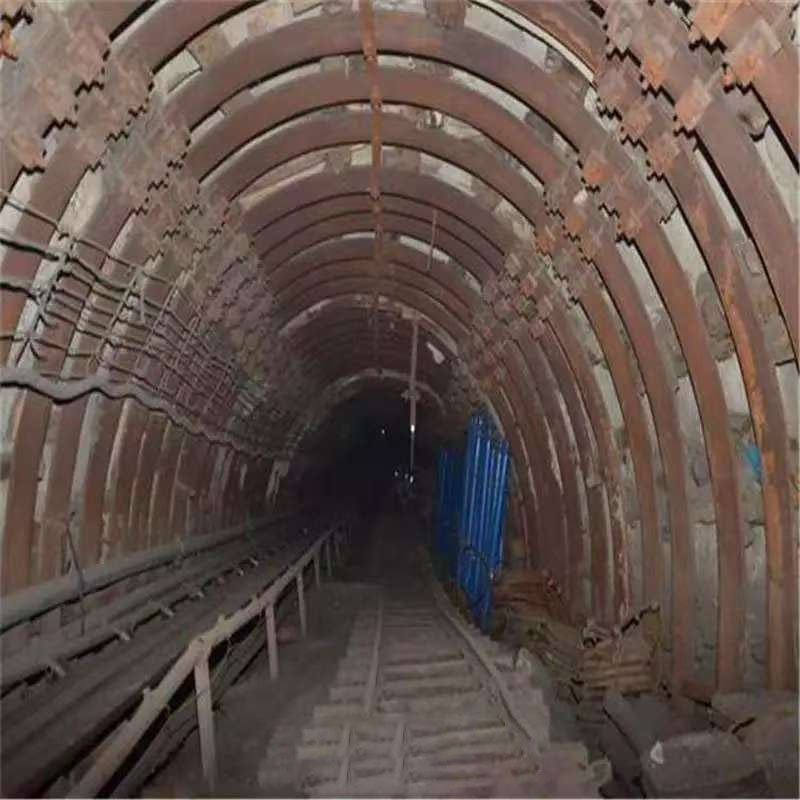
Miner’s steel support
Miner steel supports are low-cost, versatile roadway support equipment used in coal mines.
Their core function is to brace the roof and side walls of small-to-medium-sized roadways, preventing rock mass collapse and providing a safe passageway for personnel and equipment.
– Easy installation with low cost
– Combines adequate rigidity with cost-effectiveness
– Suitable for low-to-medium pressure tunnels
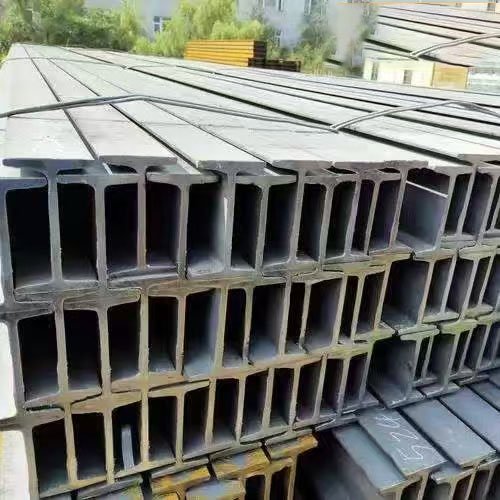
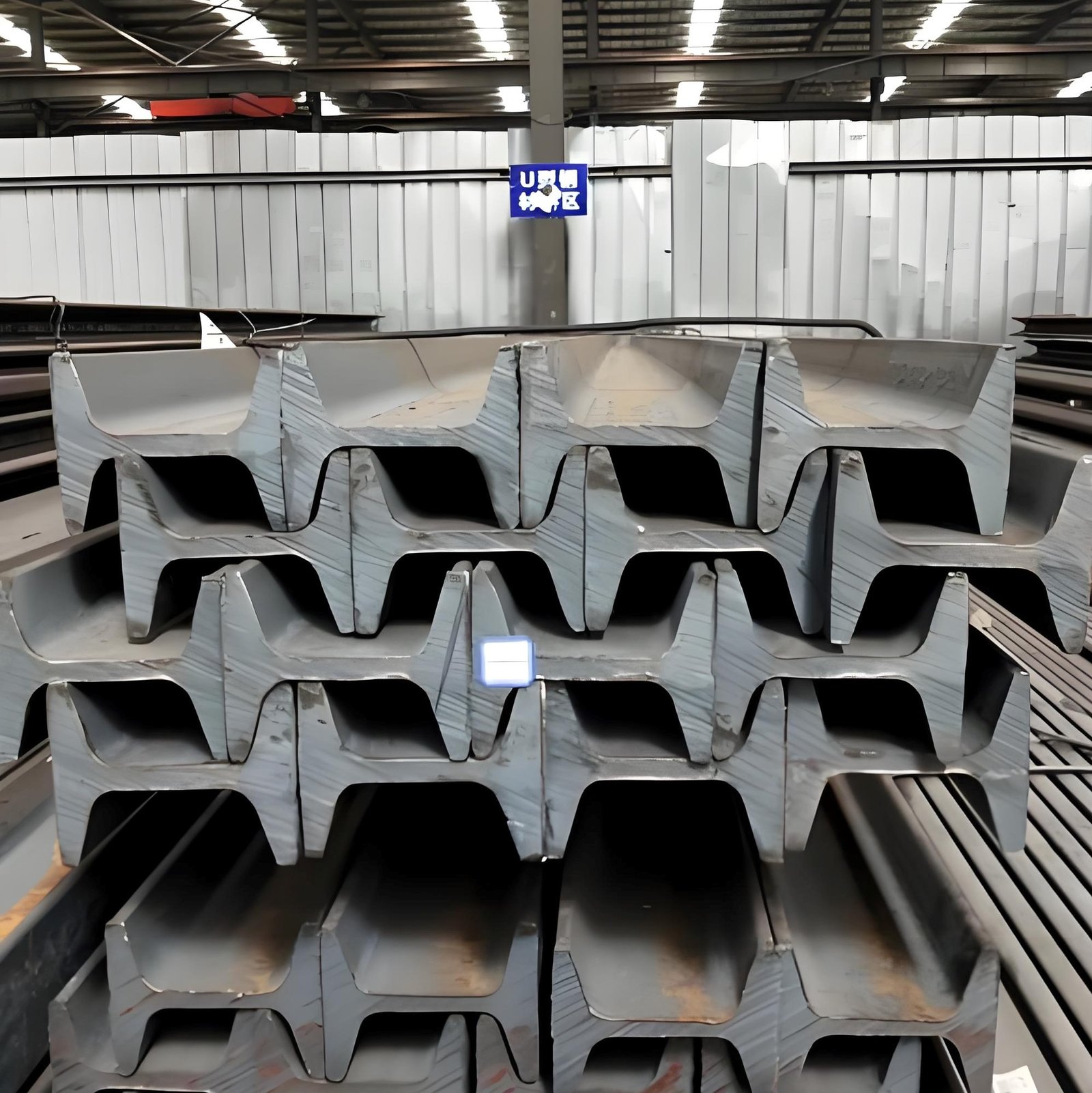
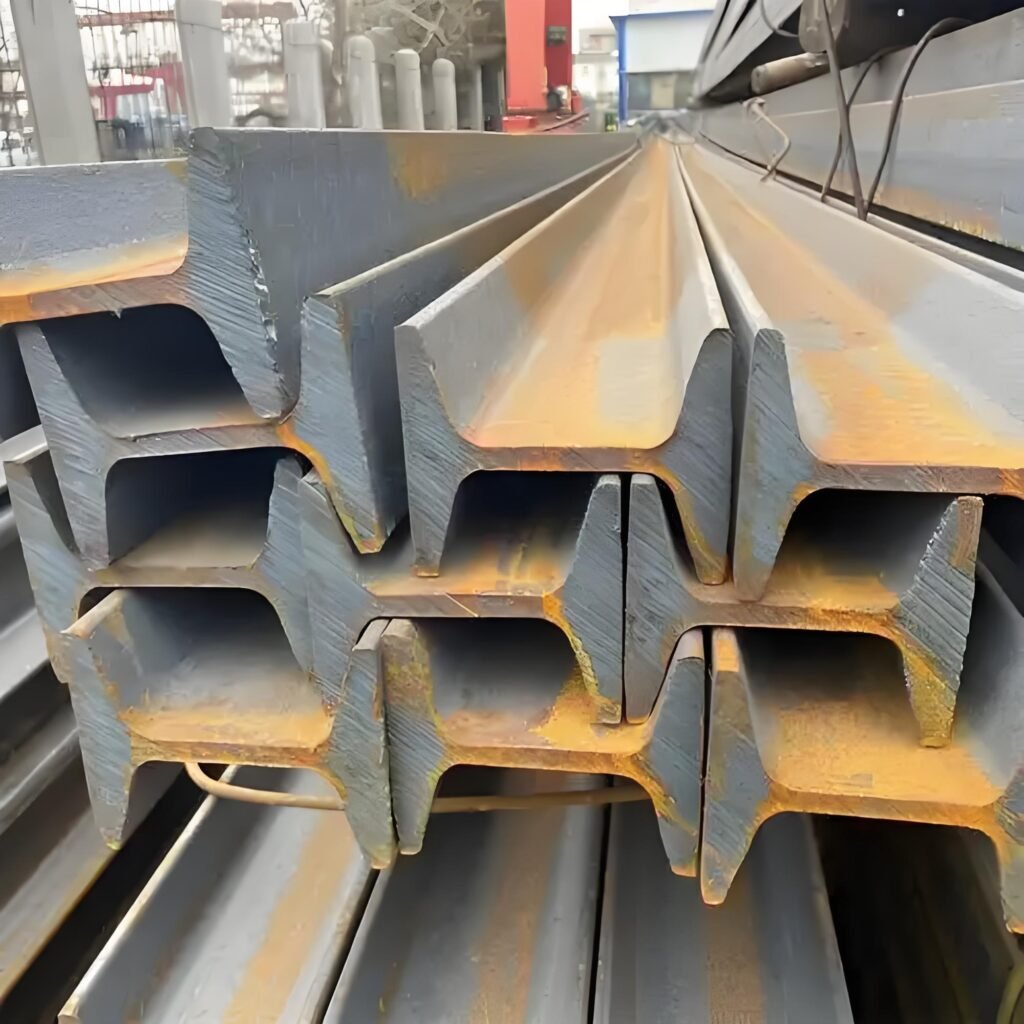

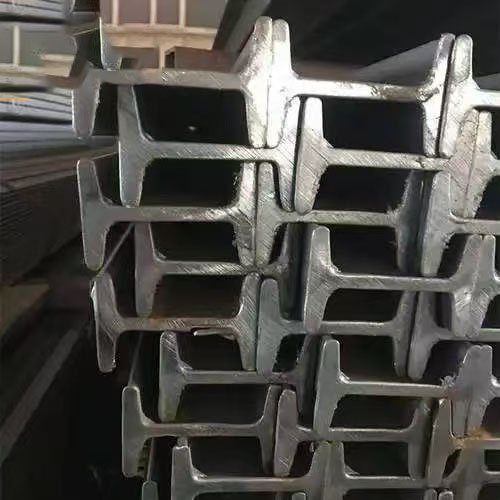
Light Rail Miner Steel
Light Rail Mining Steel is a specialized steel material used in coal mines that serves dual functions of rail transportation and temporary support. Its core role in small-to-medium-sized tunnels is to function both as a rail track for material transport via mine cars and as a simple support structure to assist in bolstering the local surrounding rock, achieving a dual-purpose application.
– Transportation and support combined
– Suitable for low-load scenarios


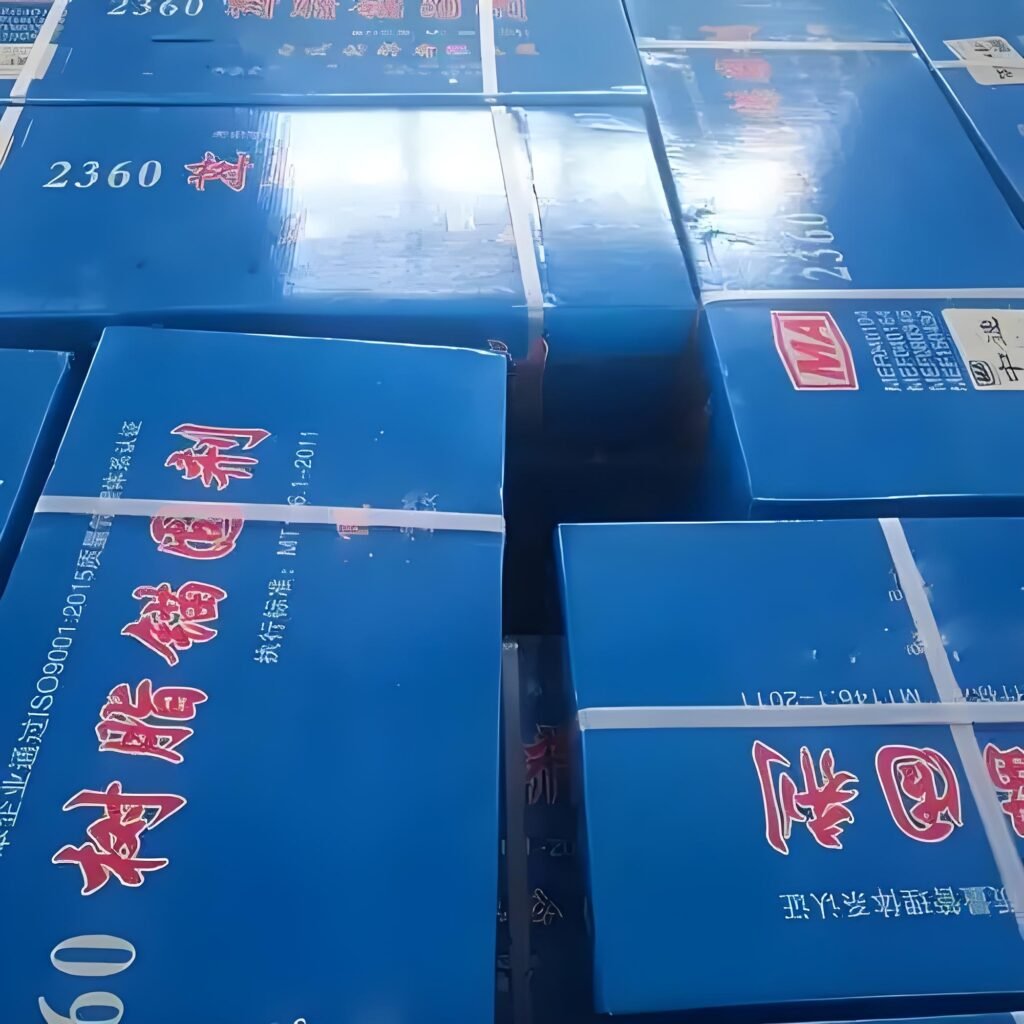

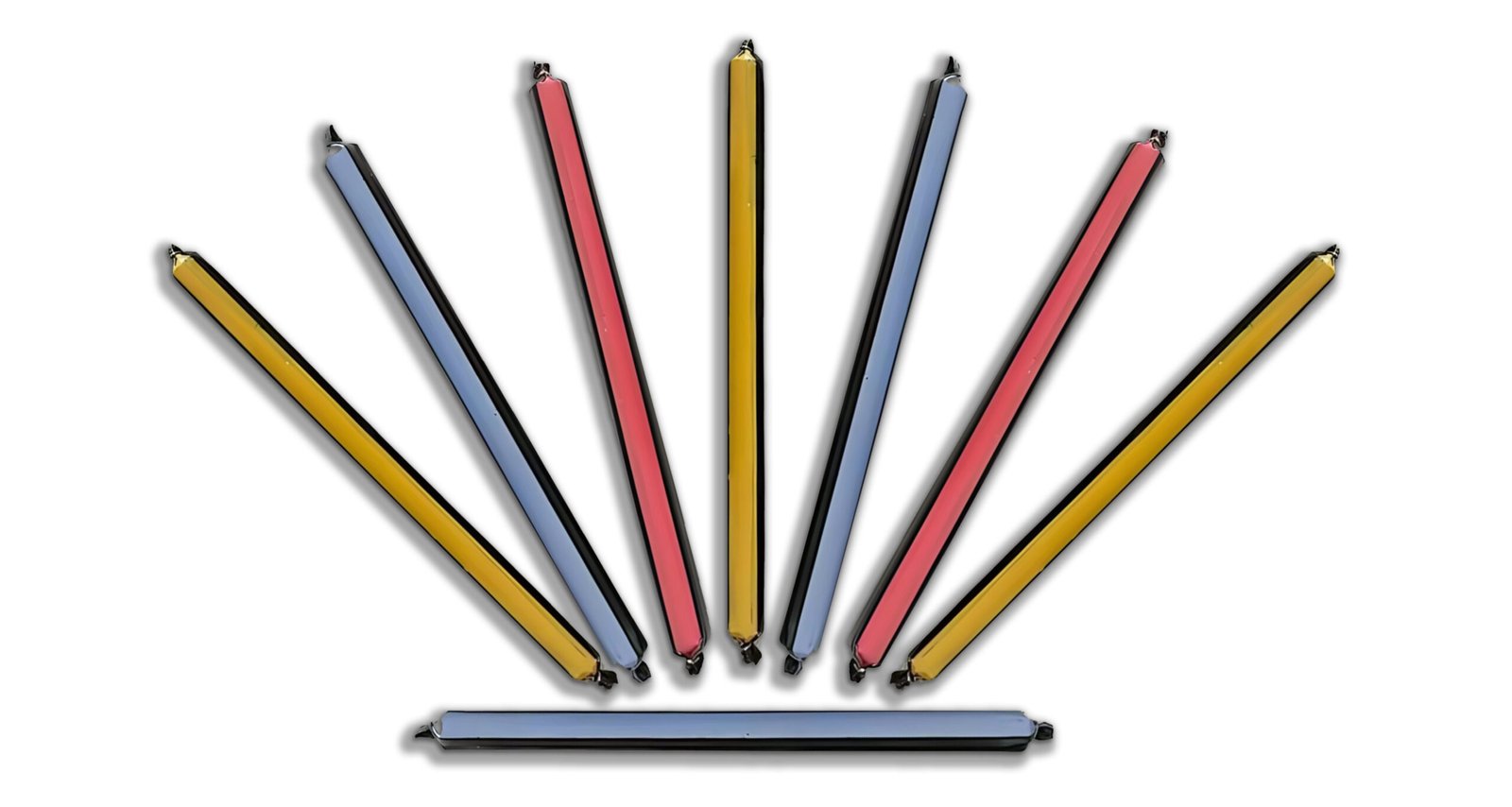
Resin Anchoring Agent
The core function of resin anchoring agents is to rapidly cure and bond anchor rods to surrounding rock, providing high-strength support quickly in mining, tunneling, and other engineering projects to prevent rock mass collapse.
Its standout advantages lie in its speed and strength: chemical reactions occur extremely rapidly, typically curing within tens of seconds to minutes, and once cured, it delivers bonding strength far exceeding that of traditional cement-based anchoring agents. This makes it ideal for scenarios demanding high timeliness and strength in support systems.
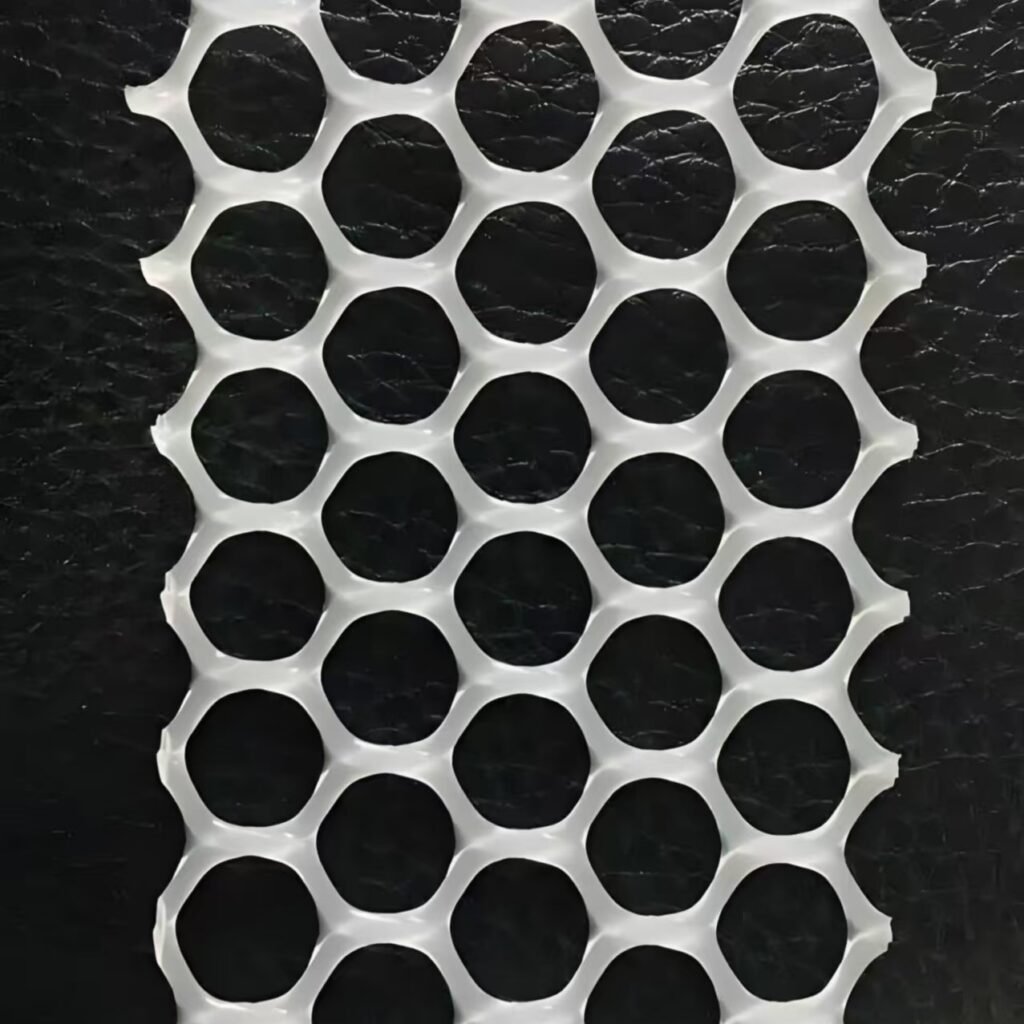
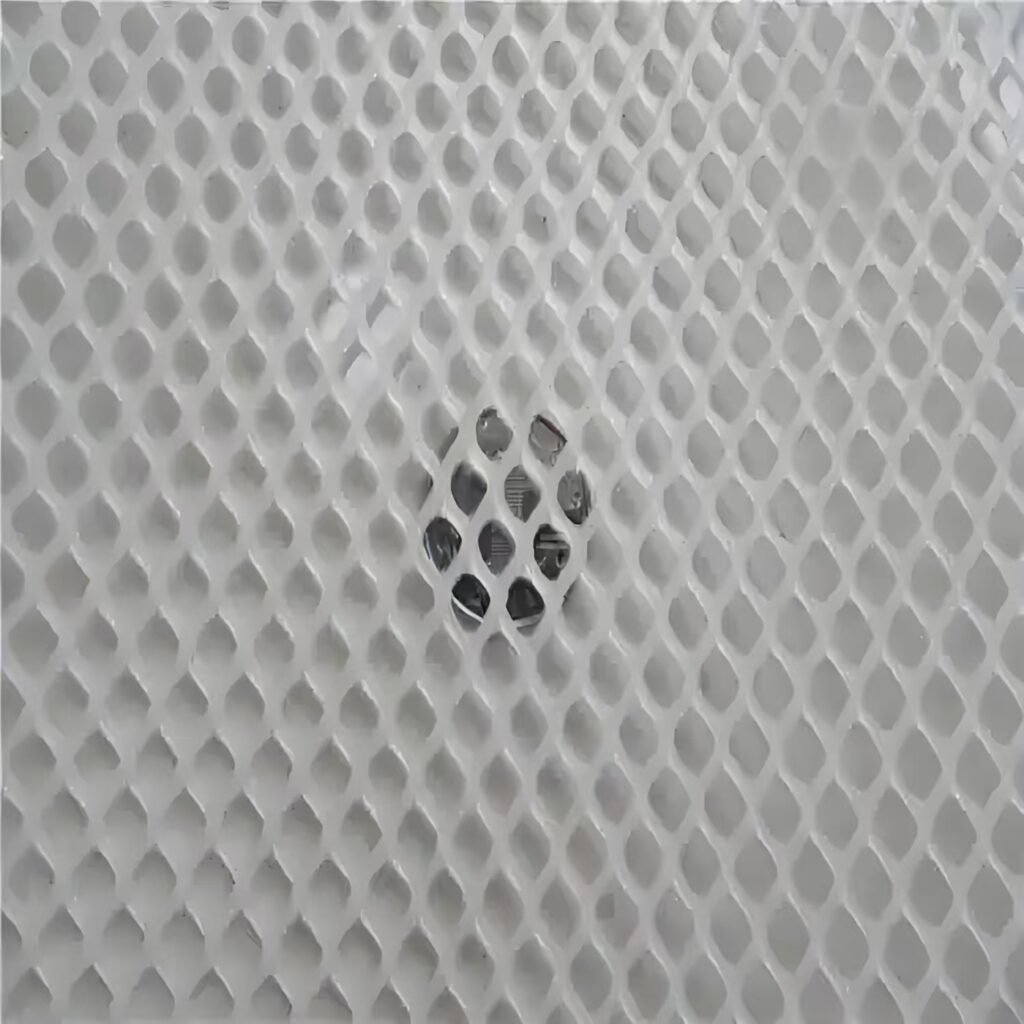
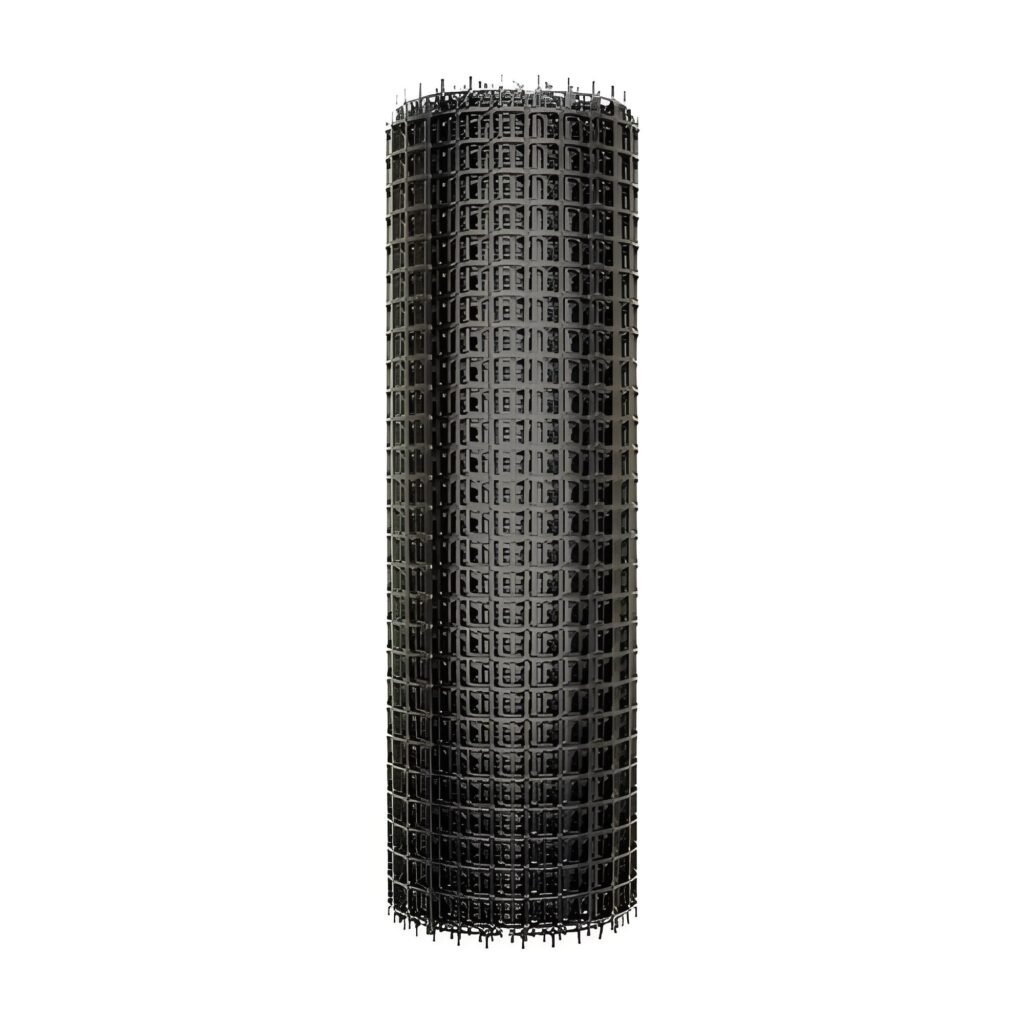


Plastic mesh
In underground coal mine environments, plastic mesh plays a crucial role in wrapping and protecting the side walls and roof, preventing the fall of rock fragments and debris from surrounding rock in roadways.
Used in conjunction with metal supports or rock bolts, it forms a synergistic support system of “supports + mesh,” ensuring operational safety.
– Prevents small pieces from falling off
– Low cost and easy to operate
– Resistant to corrosion and moisture
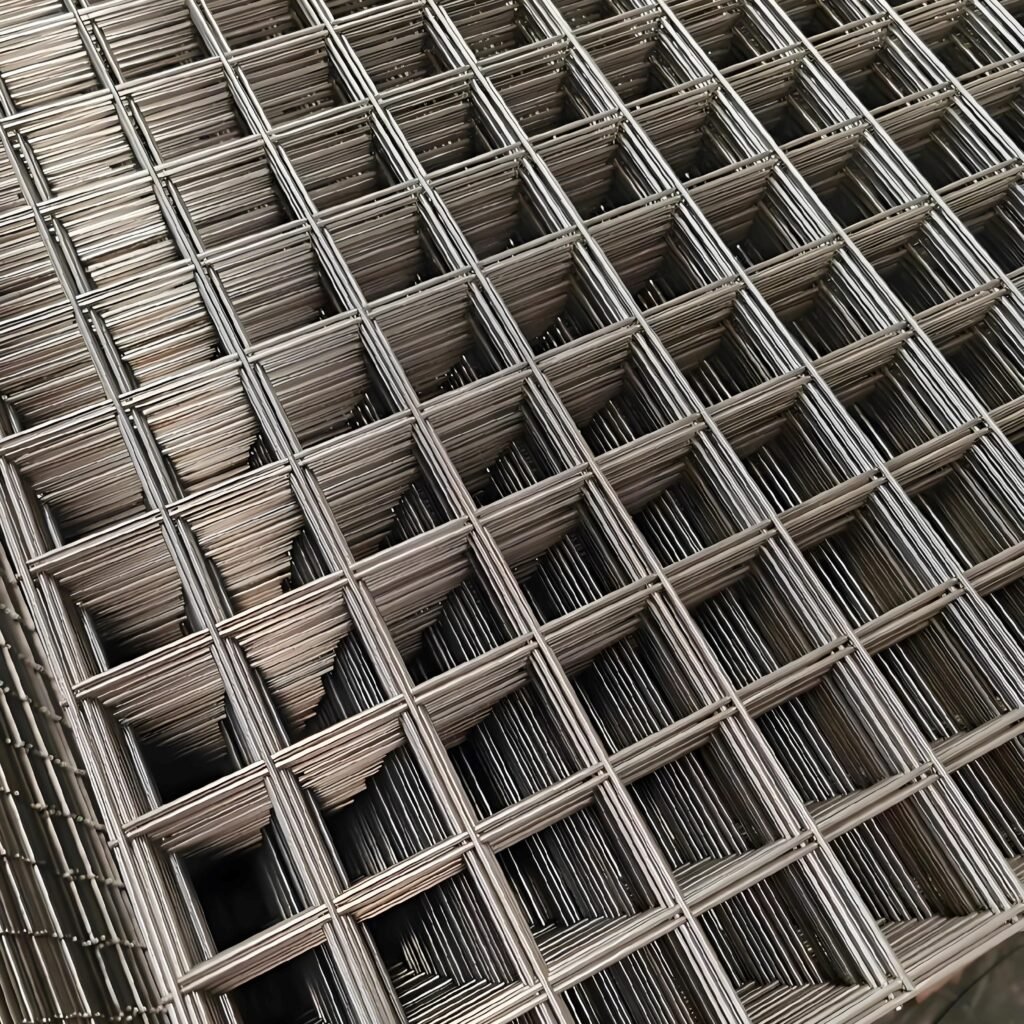
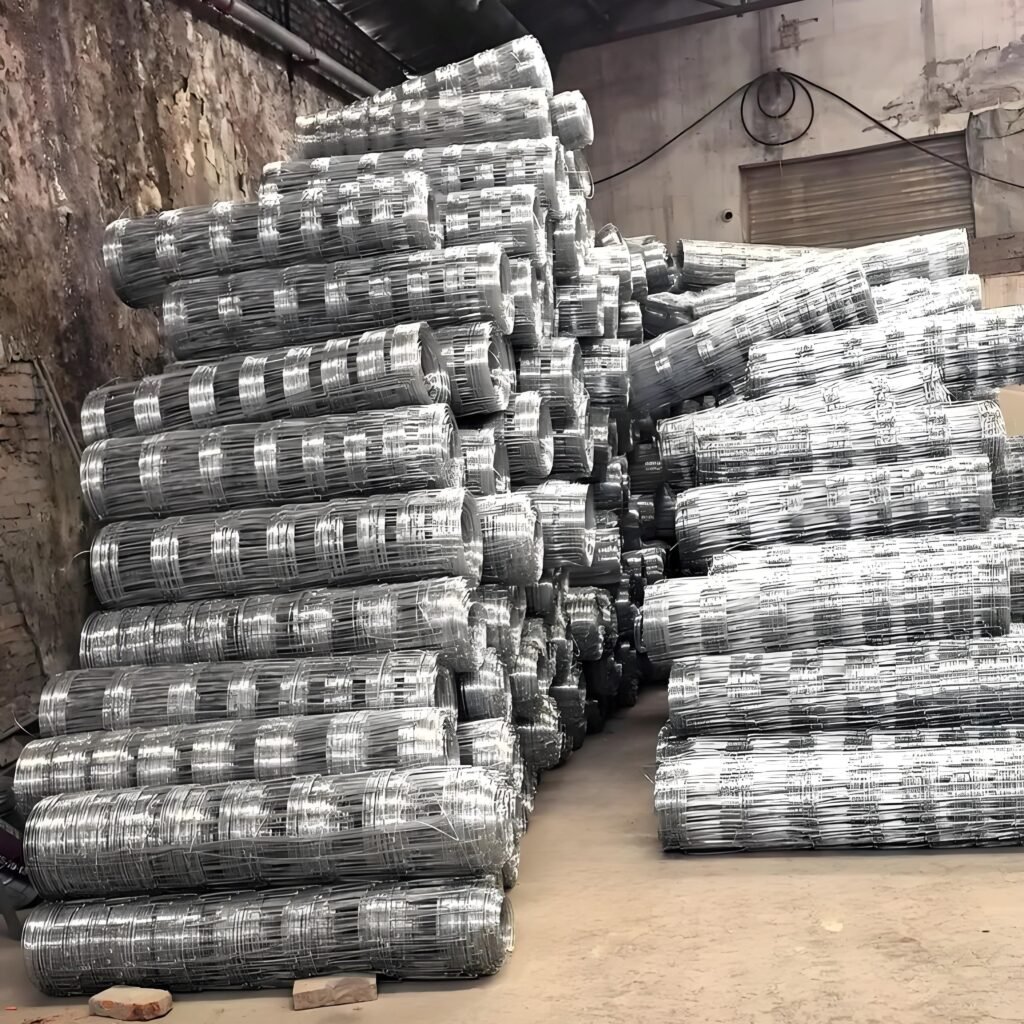



Diamond mesh
Diamond mesh (chain link fencing) is a highly reliable protective barrier. Its mesh surface is formed by interweaving two strands of stainless steel wire, eliminating the potential reliability issues associated with welded fencing caused by overlapping welds, incomplete welds, cold welds, or false welds.
Wire mesh products include construction mesh, galvanized mesh, plastic-coated mesh, geothermal heating mesh, and reinforced steel mesh. As a type of wire mesh product, it possesses the characteristics of wire mesh: robust welded joints, uniform mesh openings, a flat surface, corrosion resistance, high strength, and strong protective capabilities.
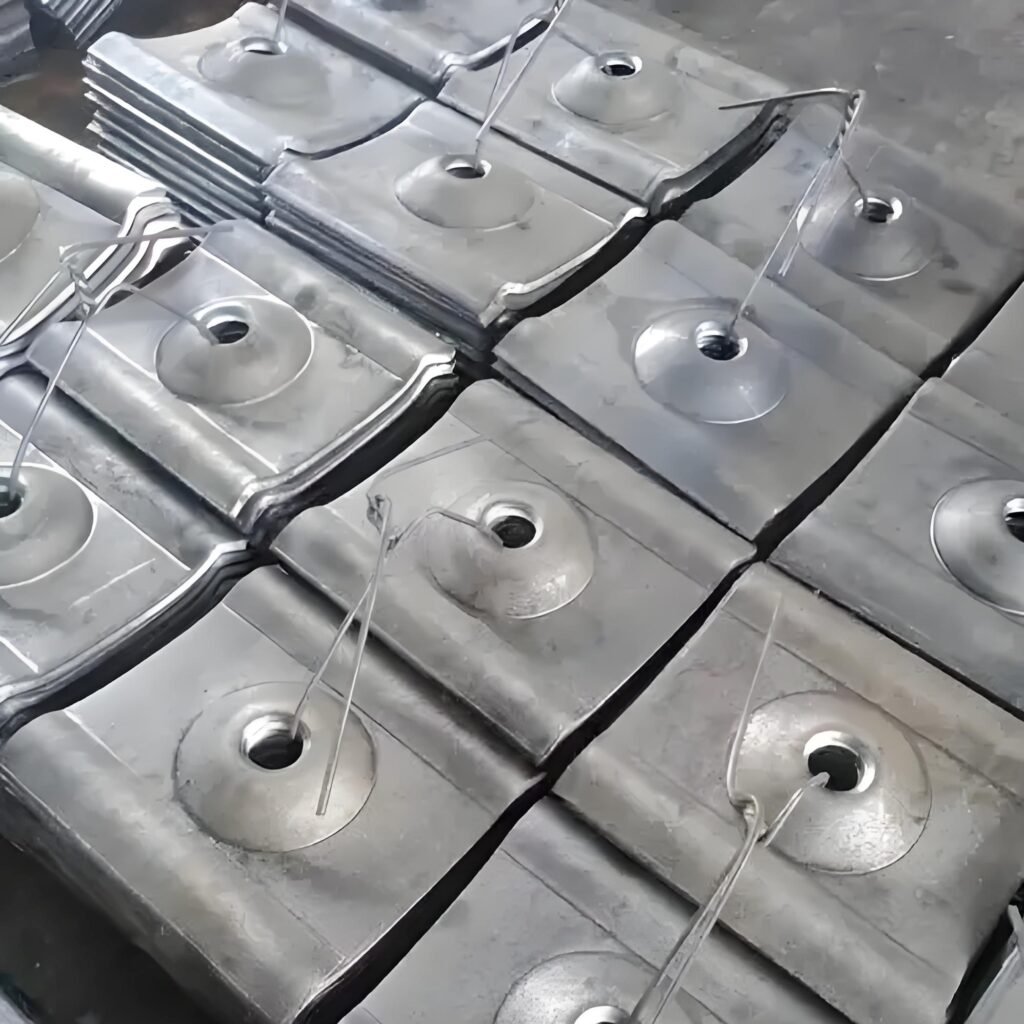
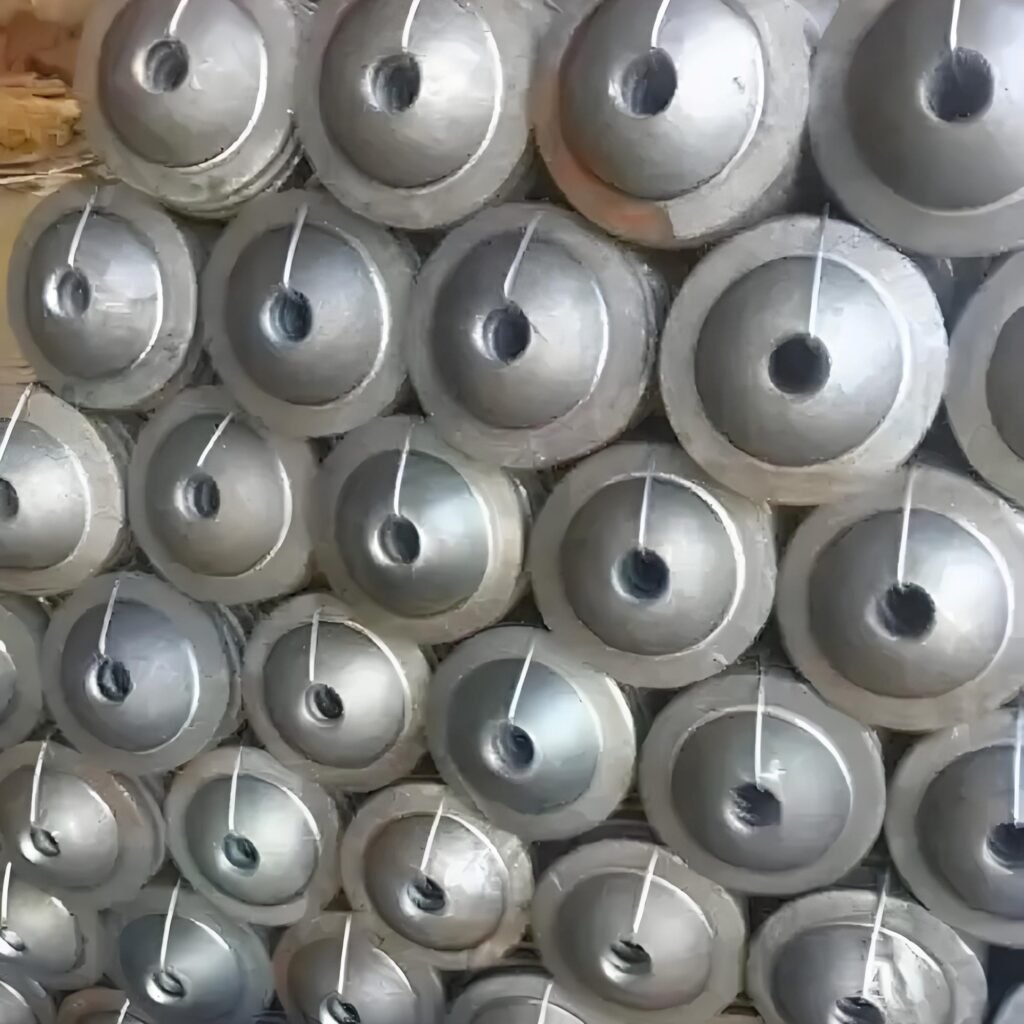
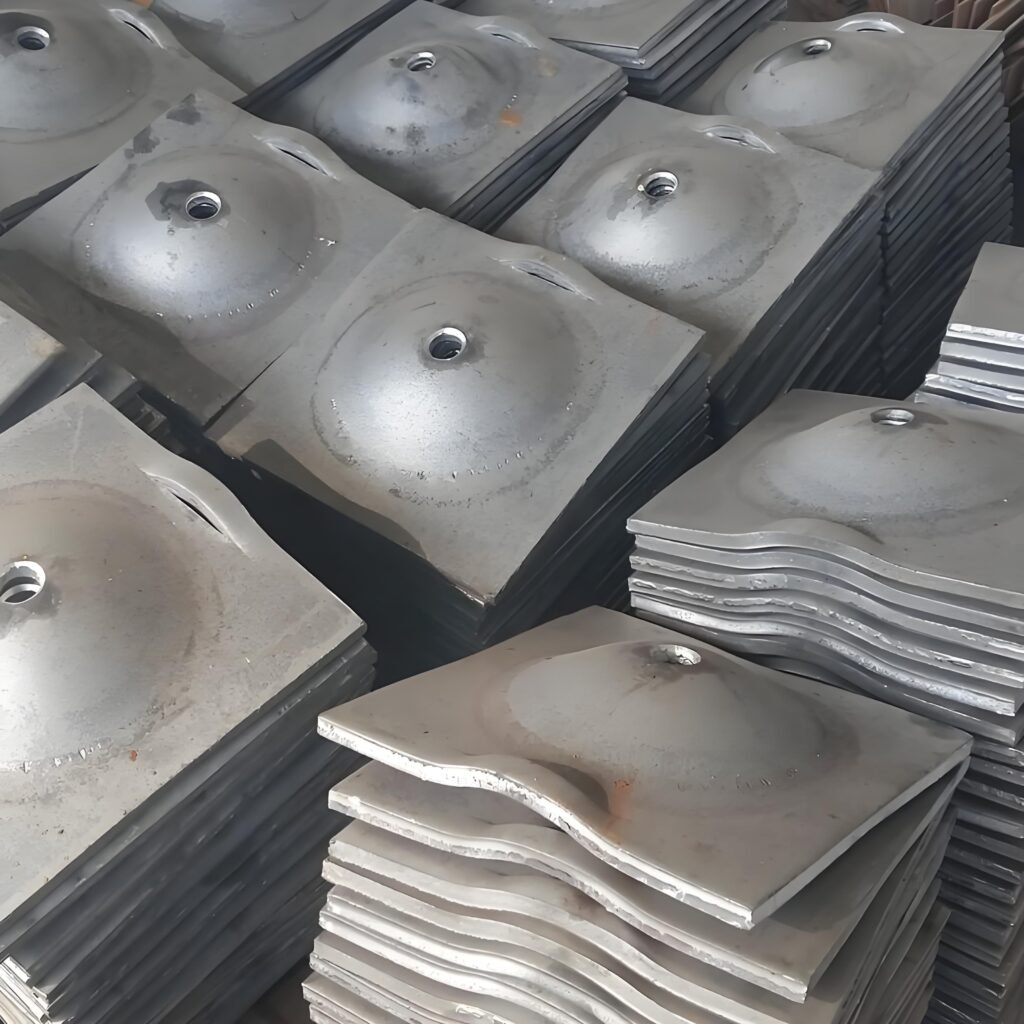


Anchor Rod Tray
The core function of the anchor rod tray is to evenly distribute the tensile force of the anchor rod across the surface of the tunnel rock mass, preventing the rod body from being pulled into the rock and thereby forming effective support.
By increasing the load-bearing surface area, it avoids localized stress concentration caused by direct contact between the anchor rod and the rock mass.
Simultaneously, when combined with nut locking, it ensures the anchor rod maintains its preload at all times, sustaining rock mass stability.
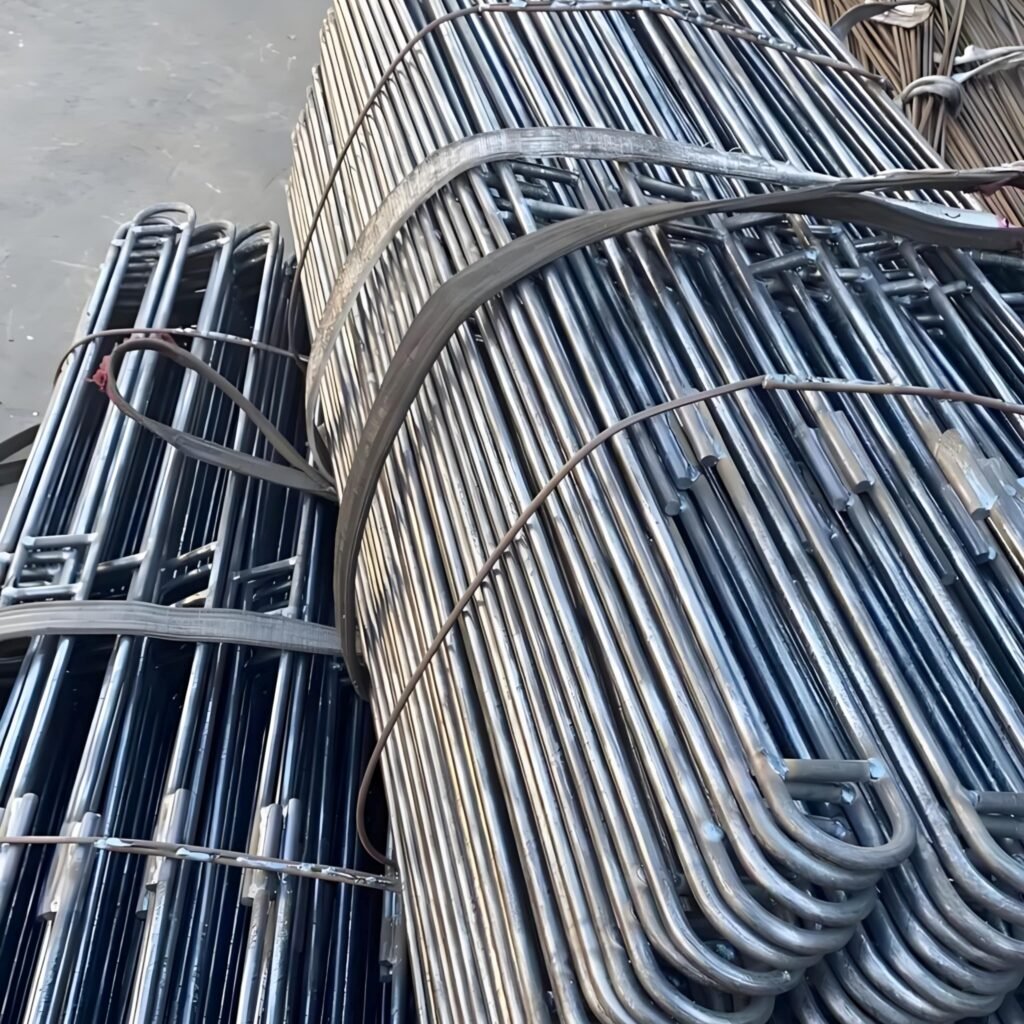
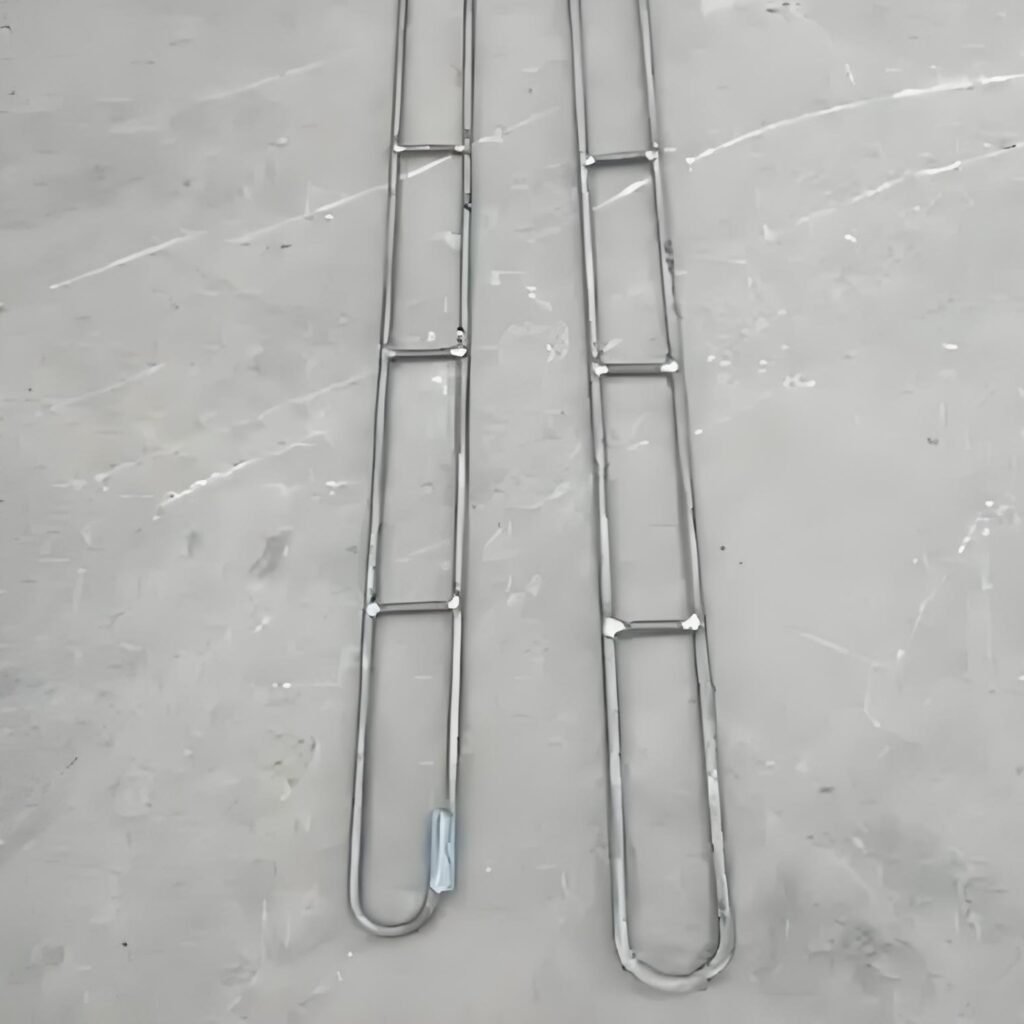
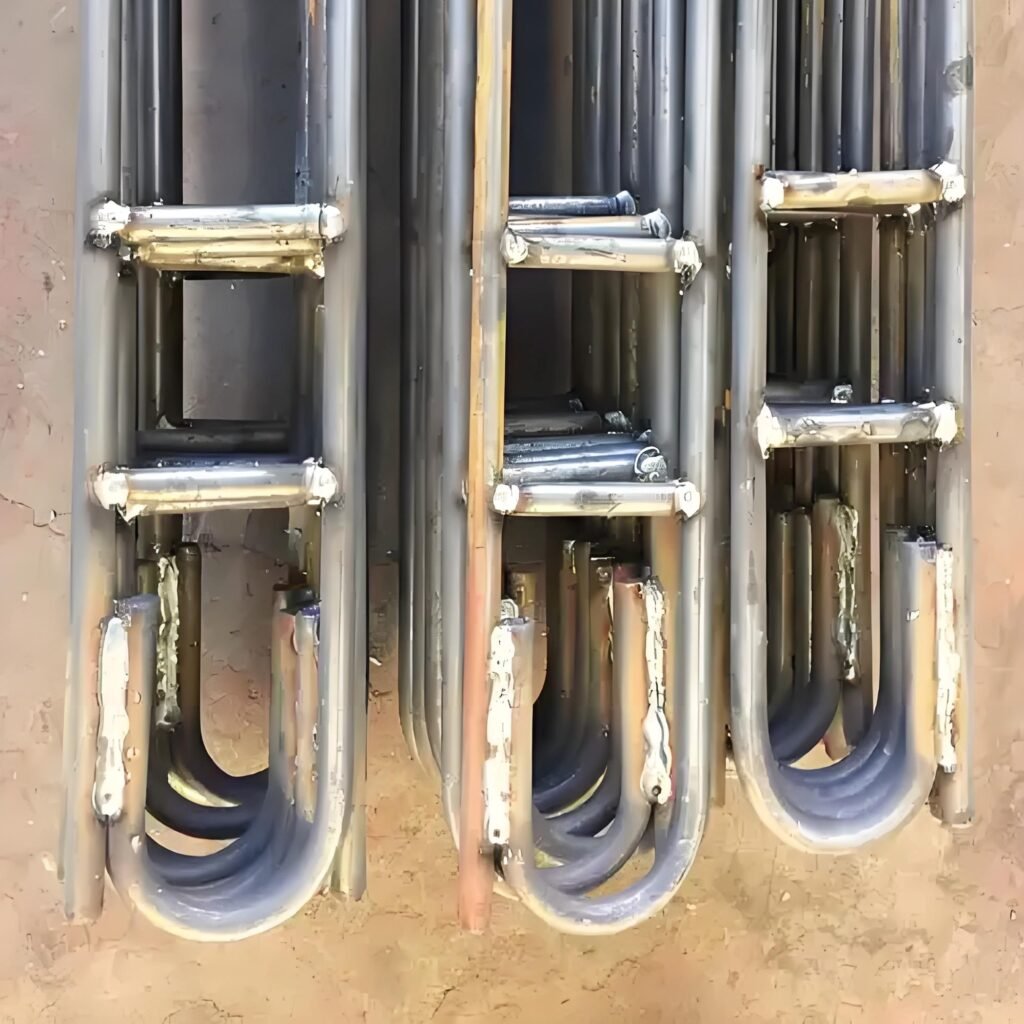


Trapezoidal beam
The primary function of a trapezoidal beam is to facilitate the connection and load-bearing of trapezoidal-section components (such as trapezoidal roof trusses and purlins). Its specialized cross-sectional shape transmits loads while enhancing overall structural stability. Specifications lack uniform standards and must be customized based on load requirements, span length, and dimensions of associated components. Core parameters include section height, upper/lower flange width, and web thickness.
– Structural Adaptation
– Optimized Load-Bearing
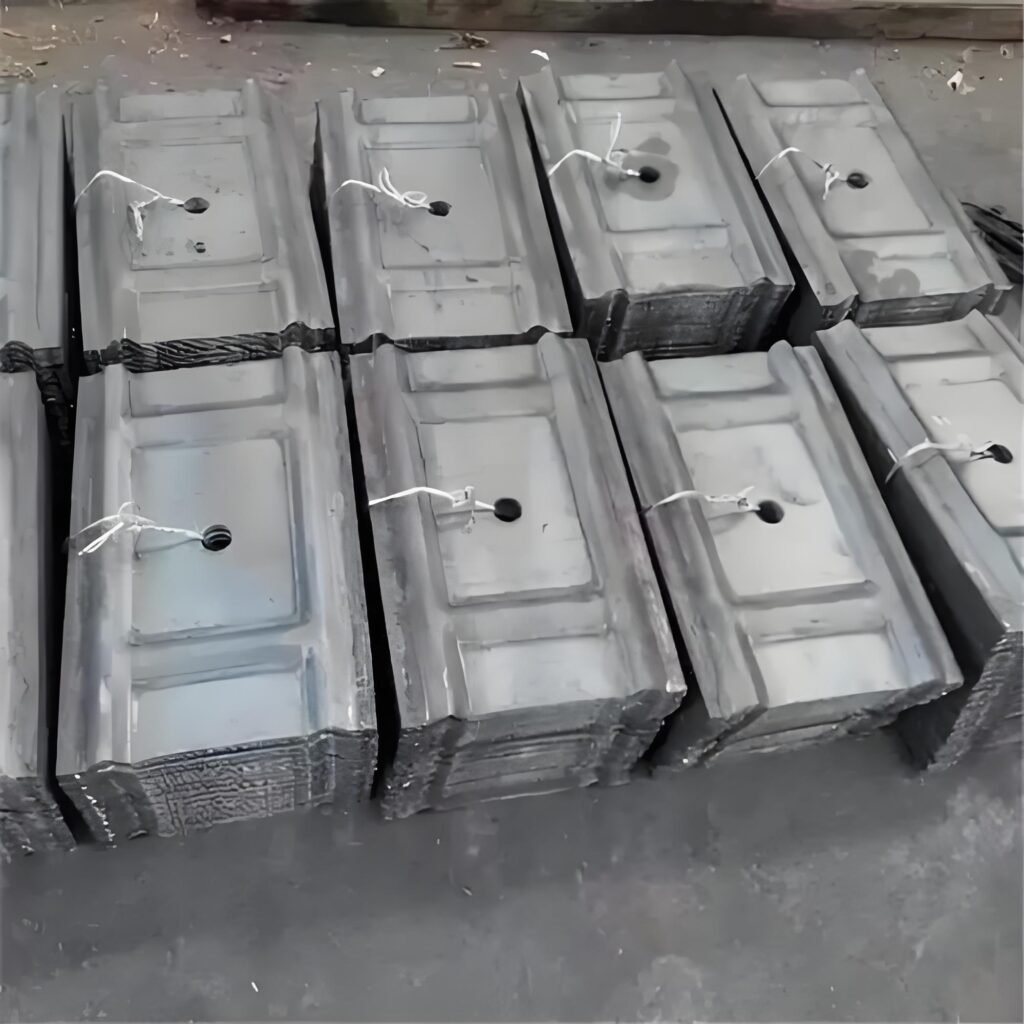
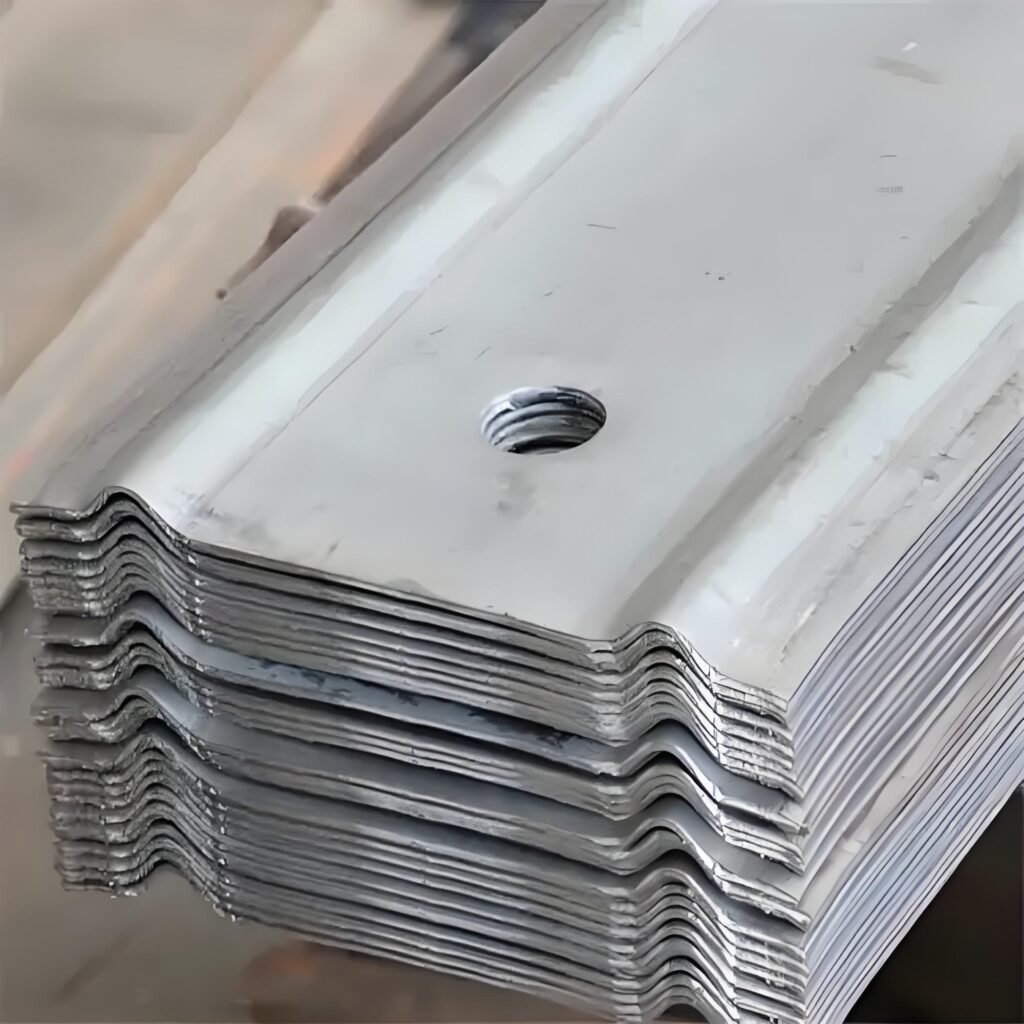
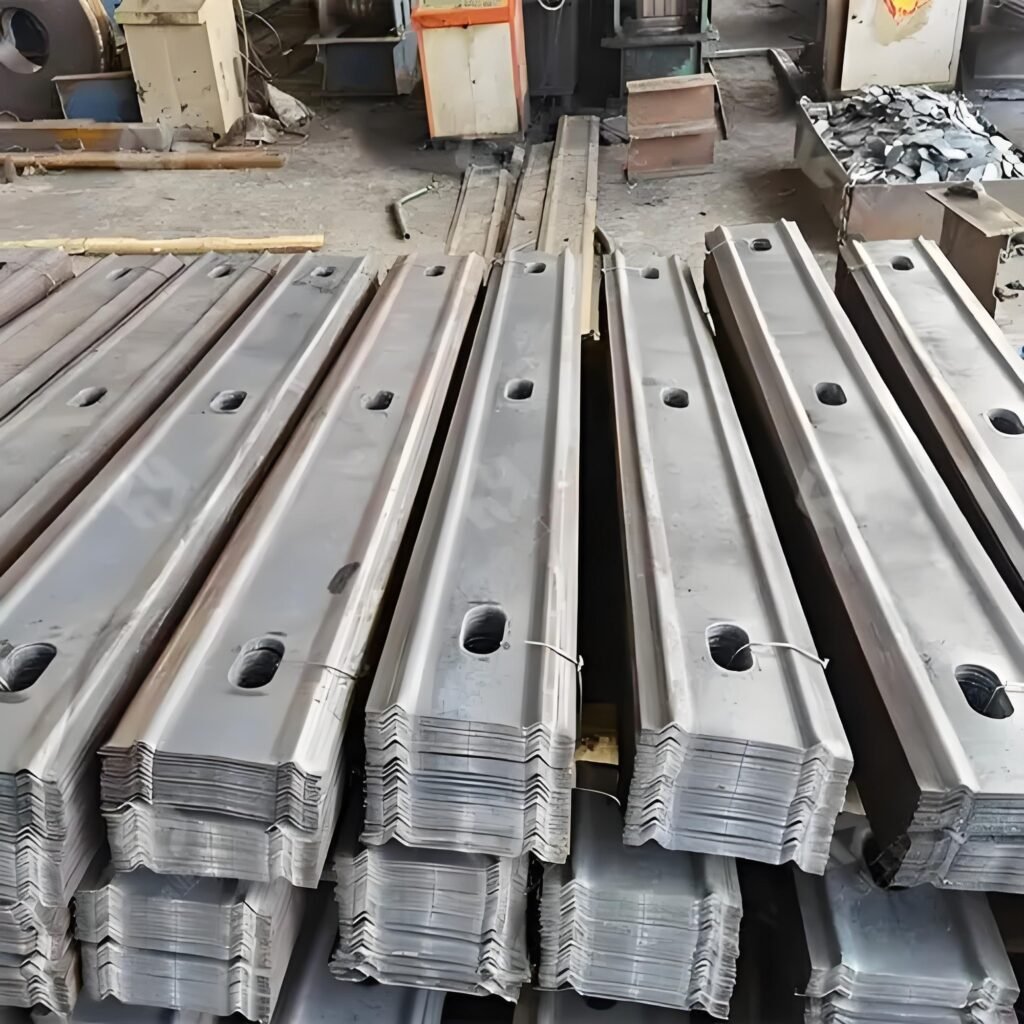
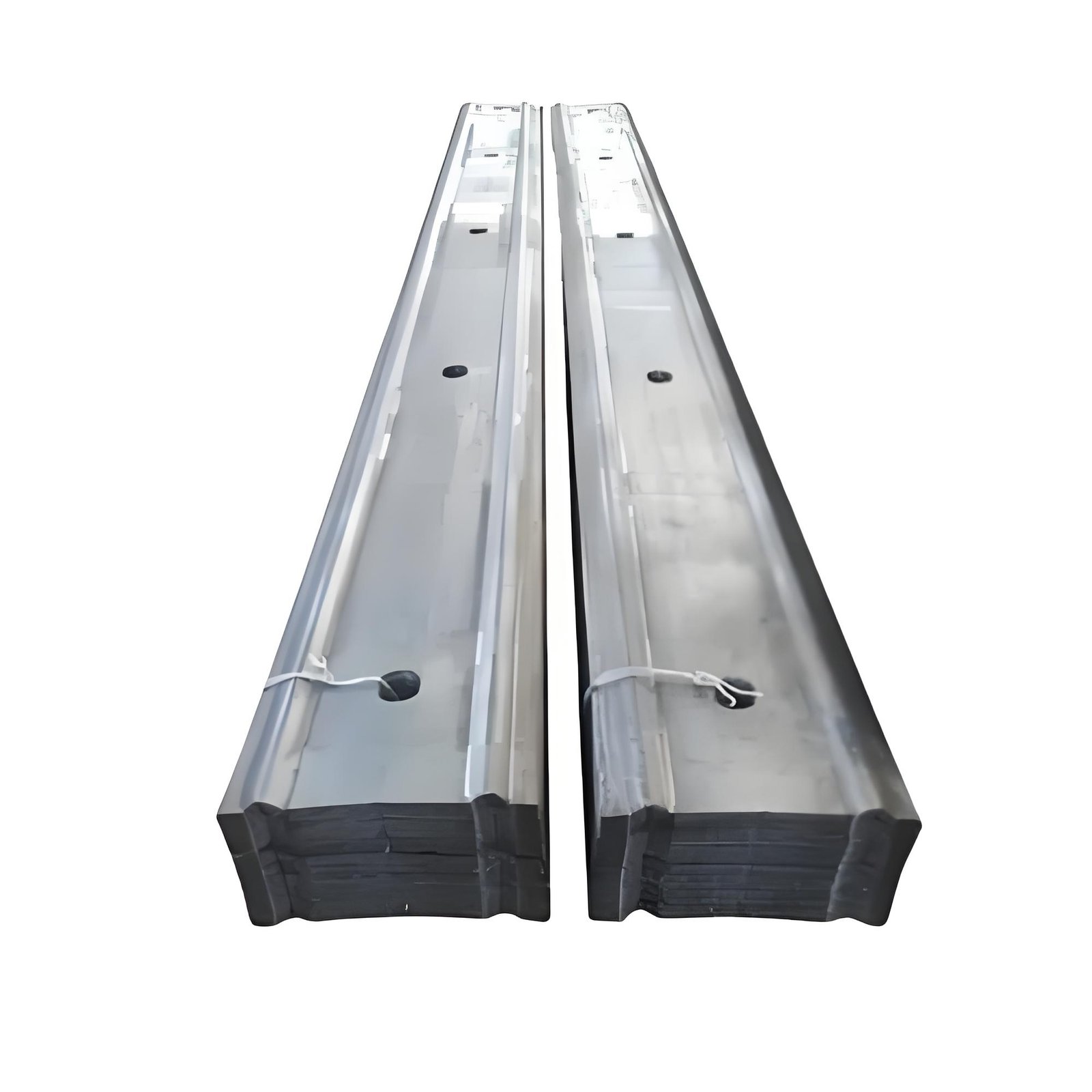

W-shaped steel strip
W-shaped steel bands, also known as roof steel bands, are cold-pressed from high-strength alloy plates. They integrate with various anchor rods to form a cohesive anchor system, making them the optimal choice for controlling weak rock and coal roof strata.
– High-strength alloy strip steel is used as raw material;
– Features enhanced rigidity and strength;
– The bending moment of inertia of W-shaped steel strips increases by 54 times;
– The work-hardening effect during cold pressing of W-shaped steel strips boosts tensile strength by 28-46%.
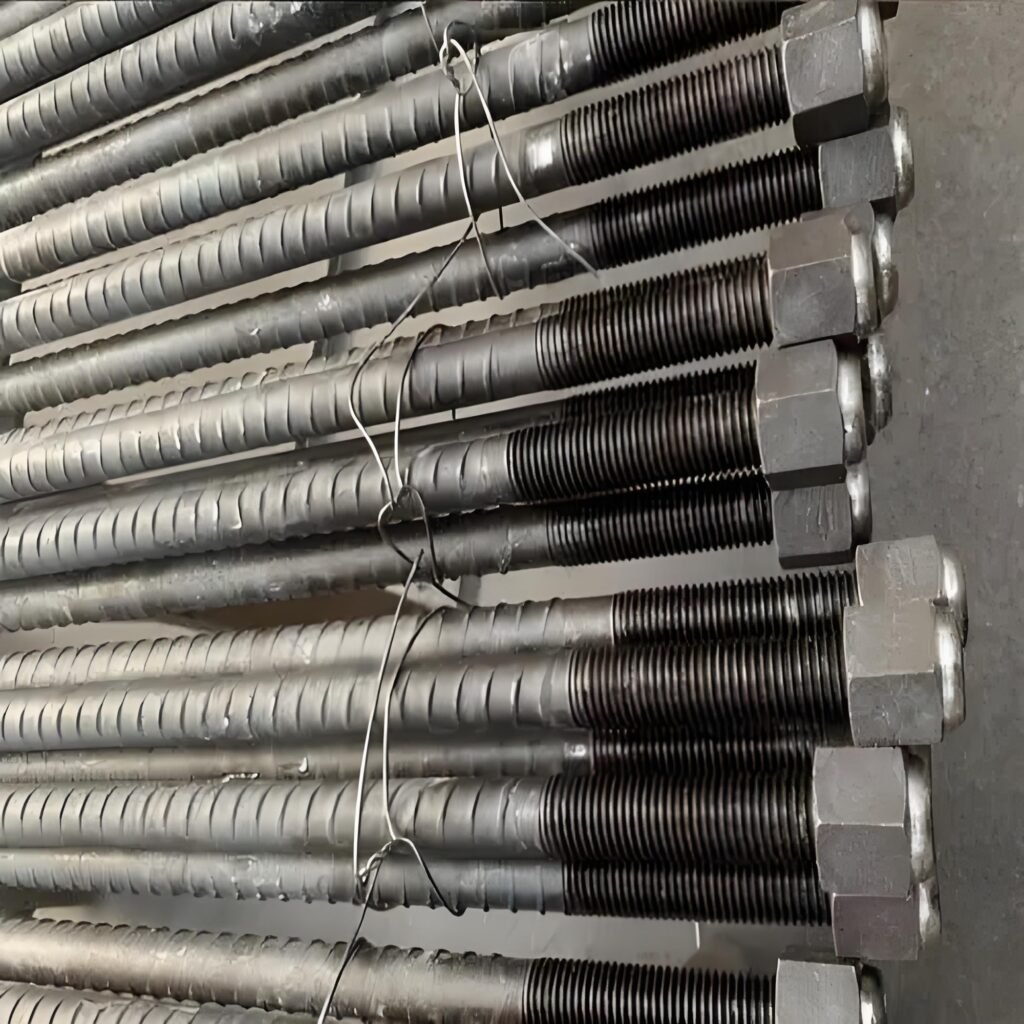
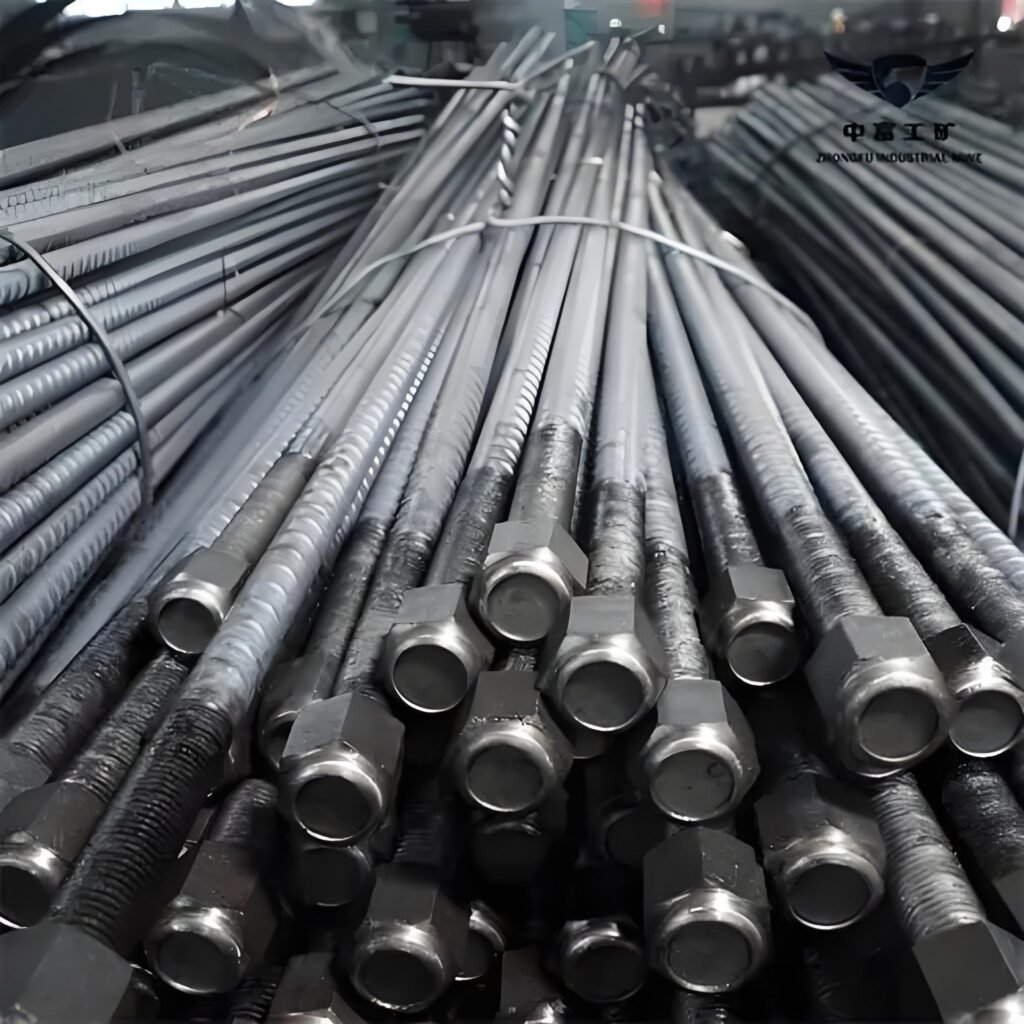
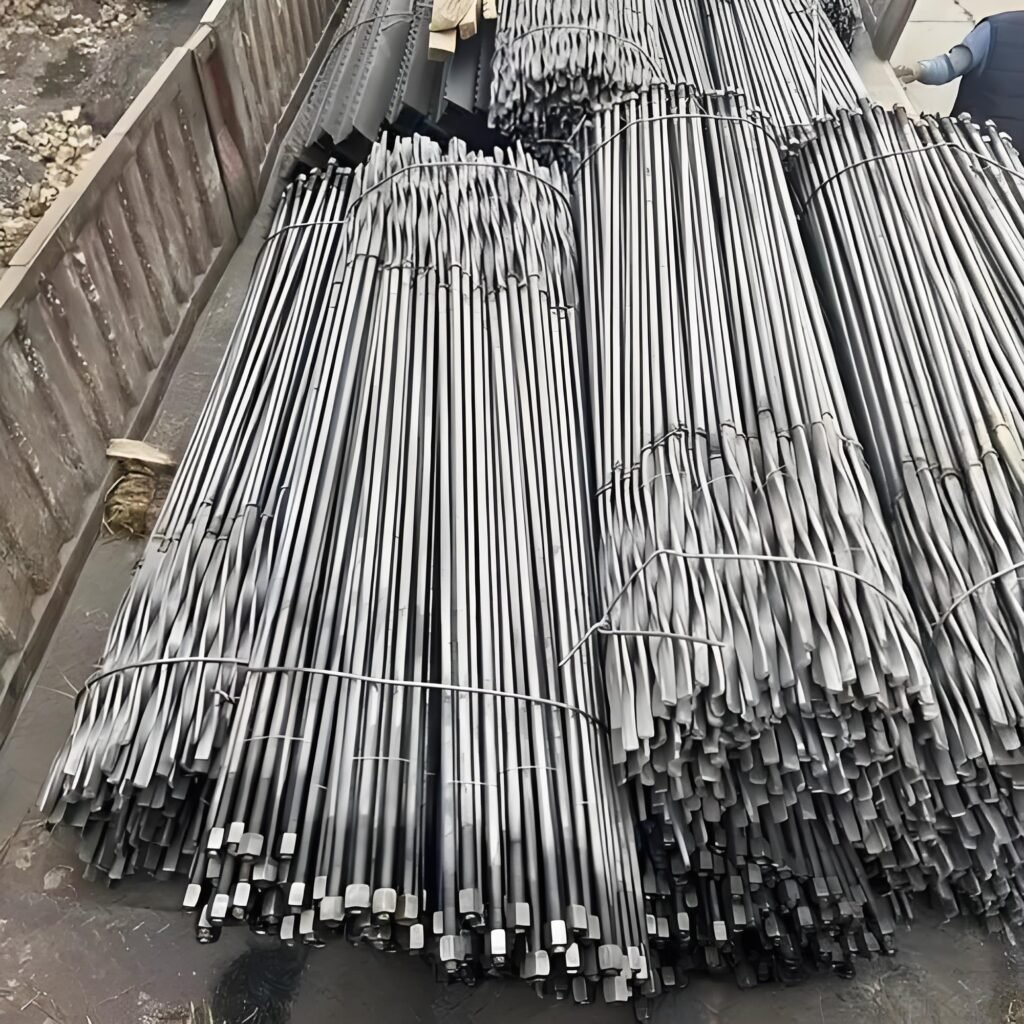


Anchor rod
Anchor rods feature high strength, rational structure, and substantial preload.
They automatically adjust load direction to enhance confinement force on surrounding rock and enable rapid mechanized installation. Capable of end anchoring, extended anchoring, and full anchoring.
– Left-hand anchor rod
– Right-hand anchor rod:Full-length equal-strength threaded steel resin anchor rods are manufactured from right-hand (or left-hand) precision-rolled threaded steel bars. The threads are continuous throughout the entire length, allowing nuts to be threaded on the full length.
– Twisted anchor rod:By applying longitudinal tensile force through the anchor rod body, the deficiency of rock and soil having tensile strength far lower than compressive strength is overcome.
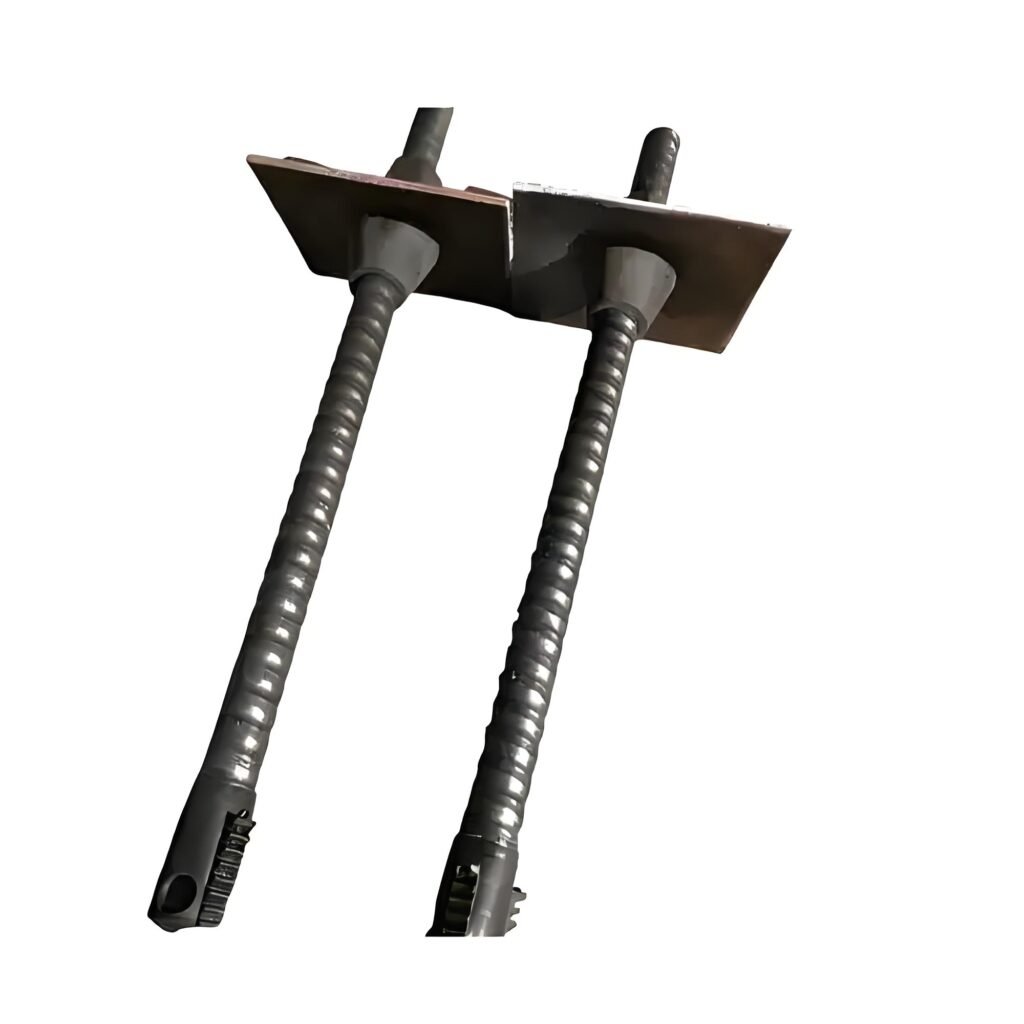
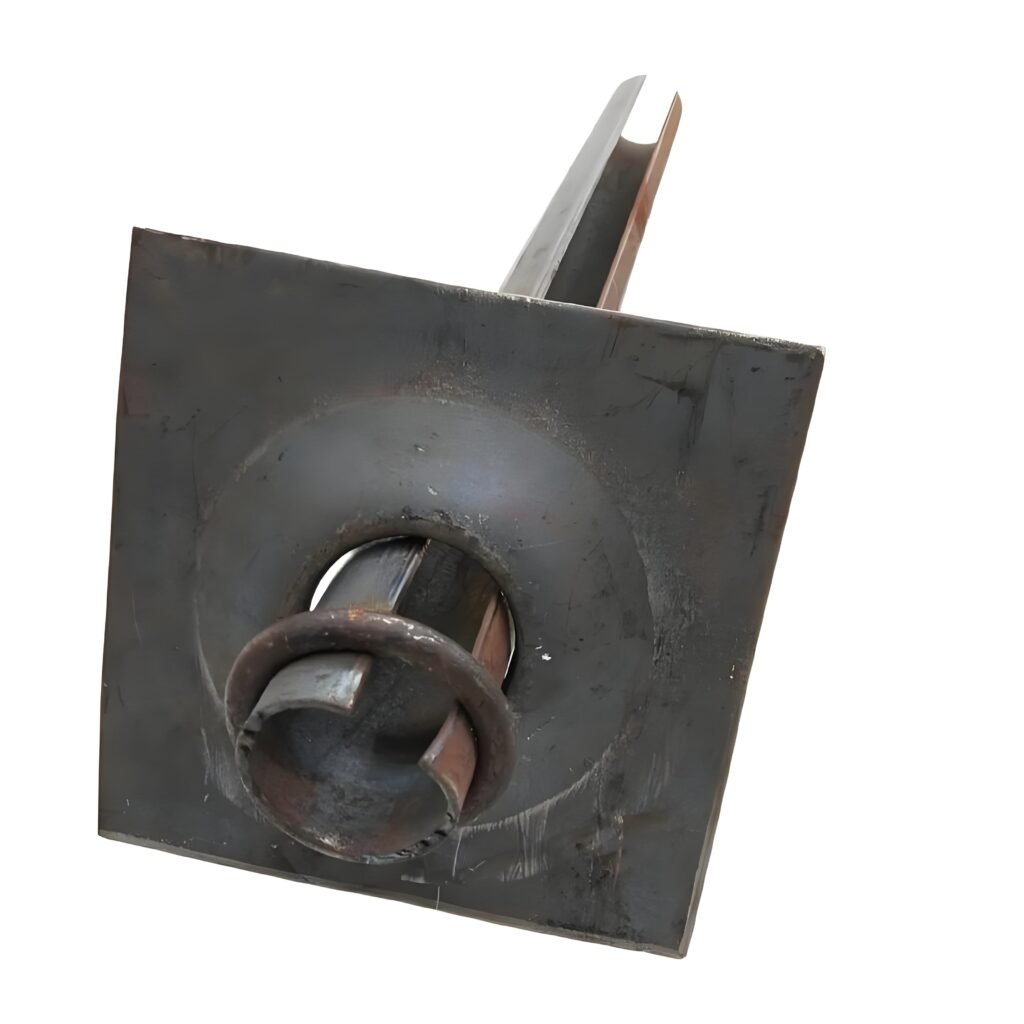
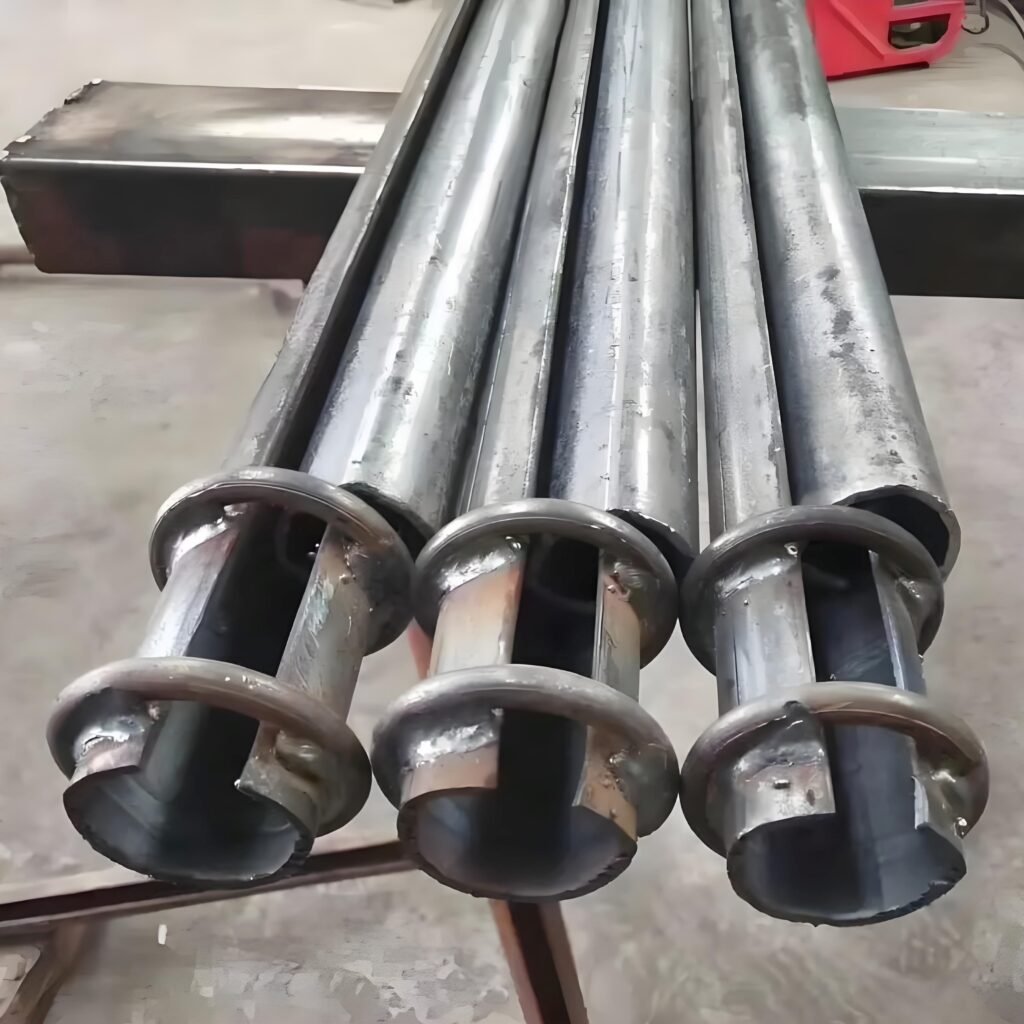

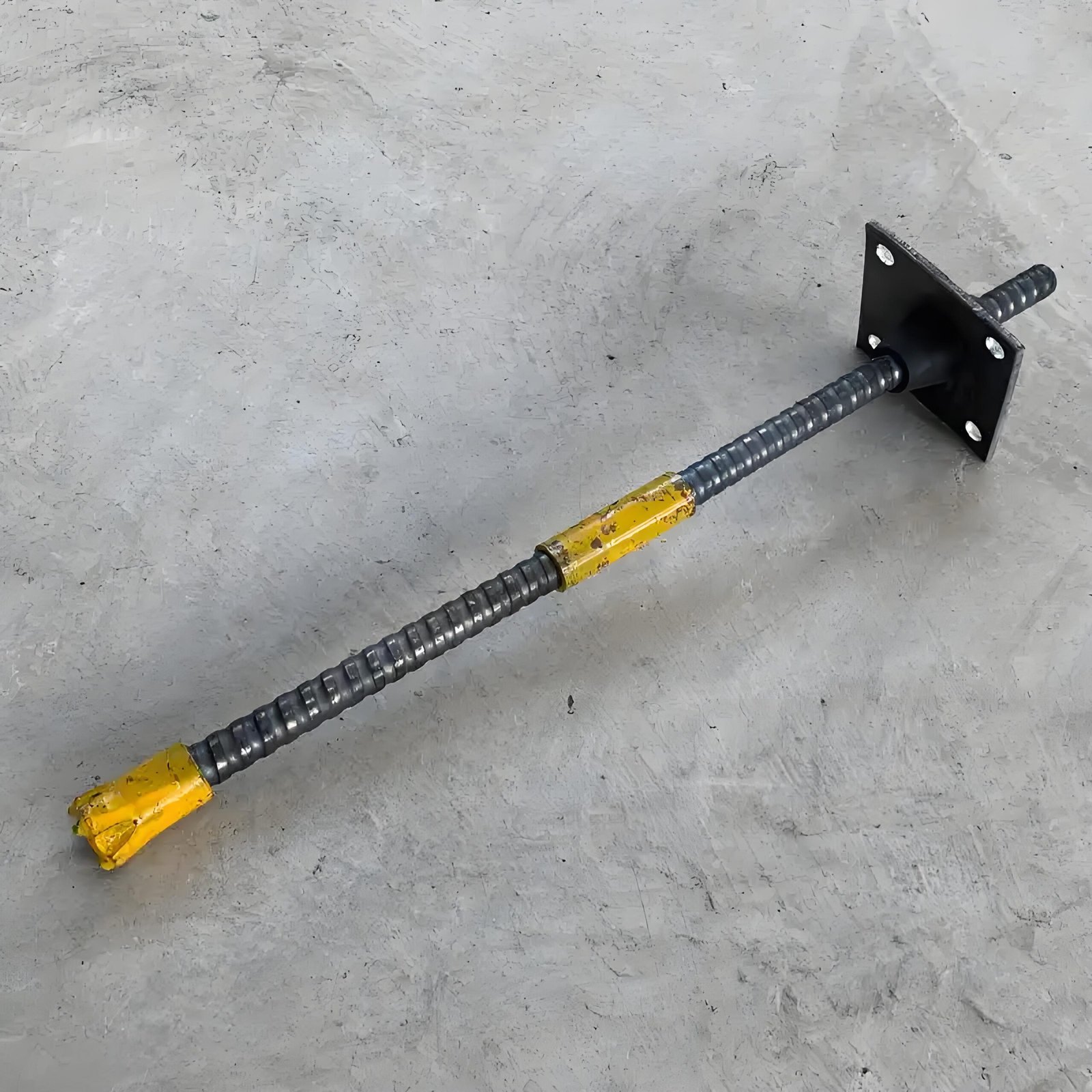
Hollow Anchor Rods & FRP Anchor Rods & Slotted Anchor Rods
– Tubular anchor rods: Rely on the elastic expansion of metal tubes and friction generated by squeezing against borehole walls. Designed for rapid installation and immediate anchoring, they are suitable for temporary support or tunnels with relatively stable rock mass.
– FRP anchor rods: Non-metallic materials offer lightweight, corrosion resistance, and non-magnetic properties. Their core function is to provide long-term support and ensure operational safety in environments requiring magnetic shielding and corrosion resistance, such as underground coal mines.
– Hollow Anchor Rods: Their central bore allows injection of cement slurry or resin. This dual-action system anchors through the rod body while filling rock fissures with grout to enhance overall stability. Primarily used in tunnels, slopes, and other projects requiring deep reinforcement.
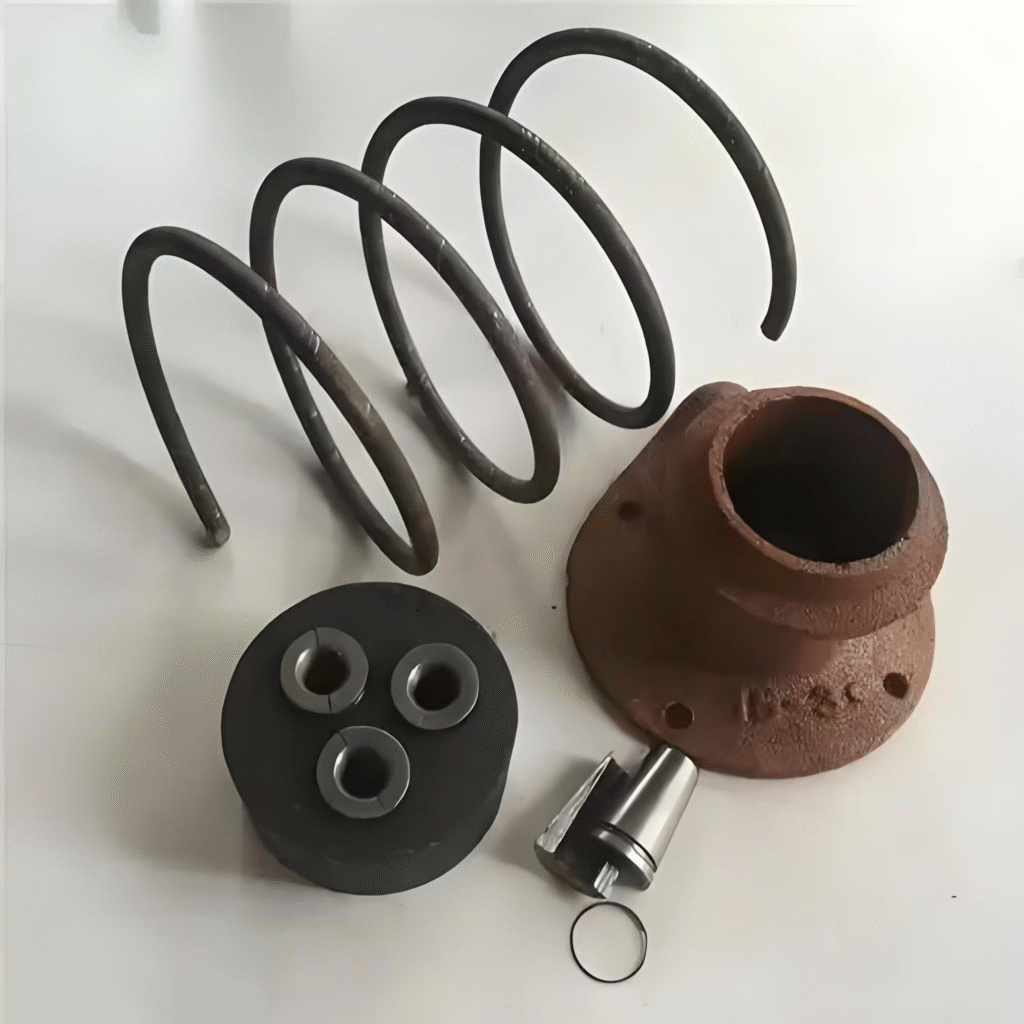
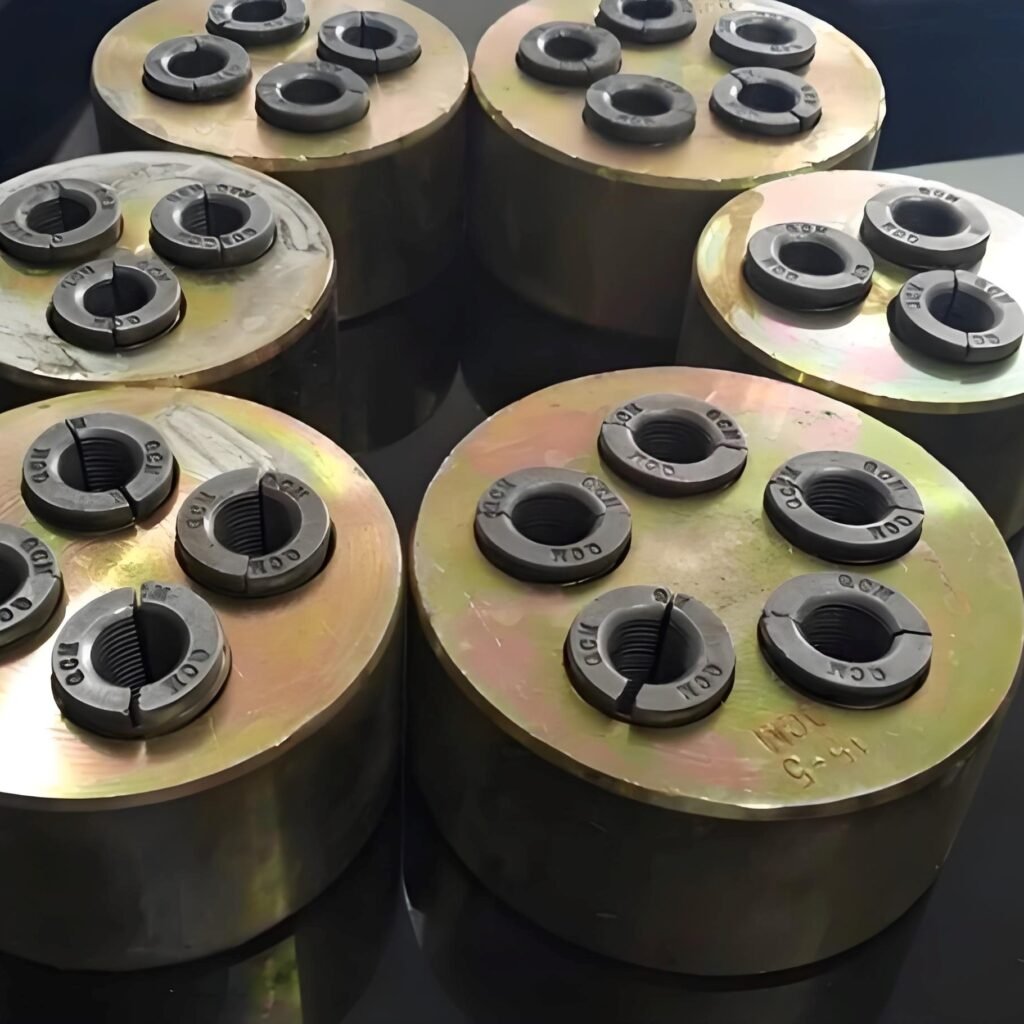
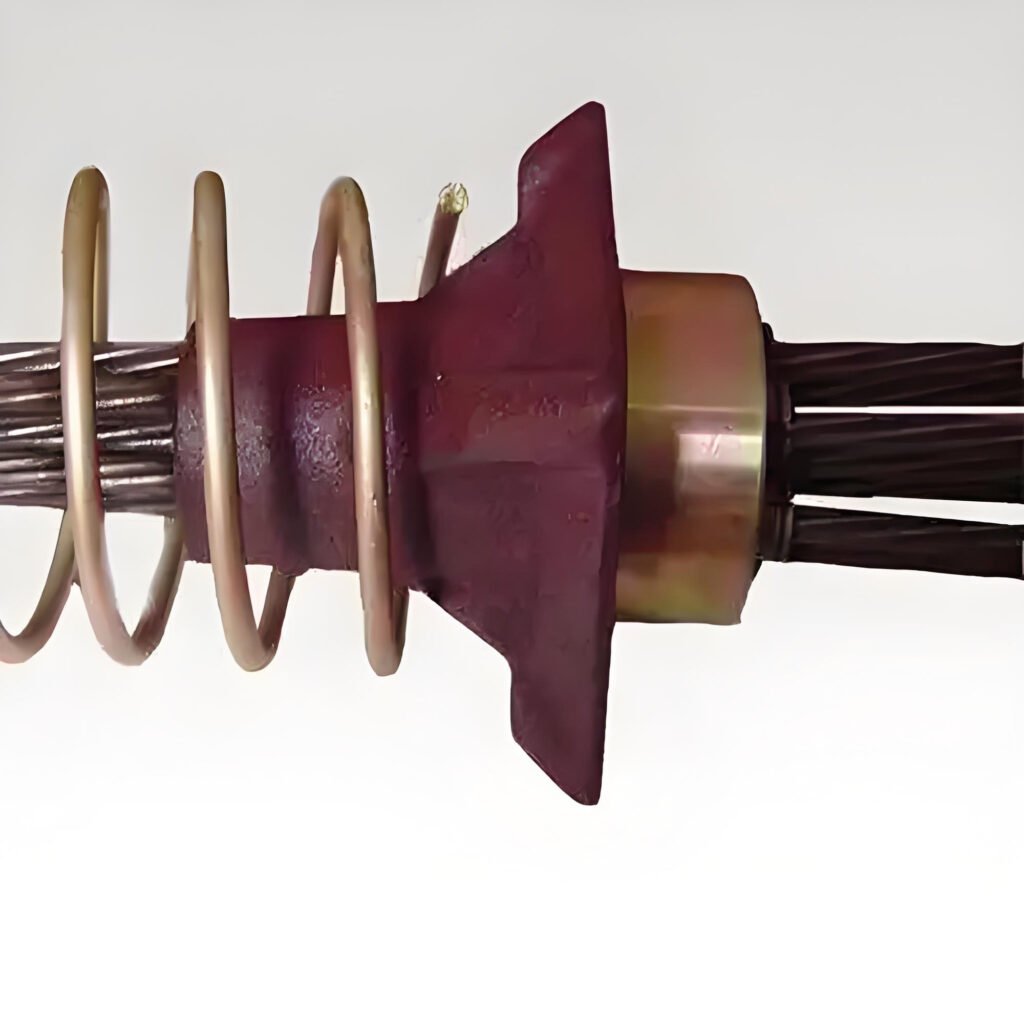
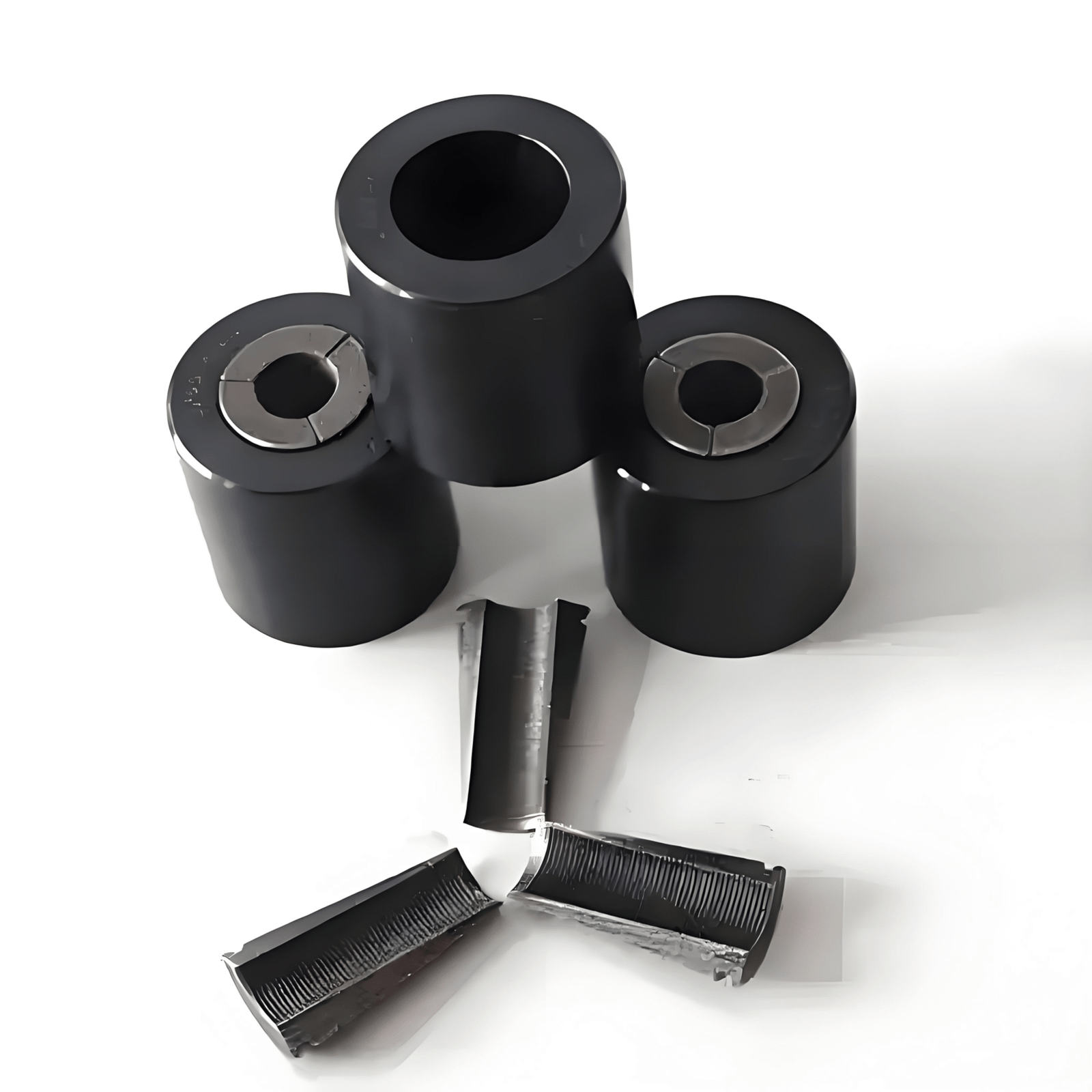

Anchorage
The core function of an anchorage is to permanently secure prestressing tendons, transferring the tensile force they generate to structural components such as concrete.
This imparts prestress to the components, enhancing their crack resistance and load-bearing capacity.
Primarily used in prestressed concrete projects like bridges, high-rise buildings, and large industrial plants, it serves as a critical component ensuring the safe and enduring performance of the prestressing system.
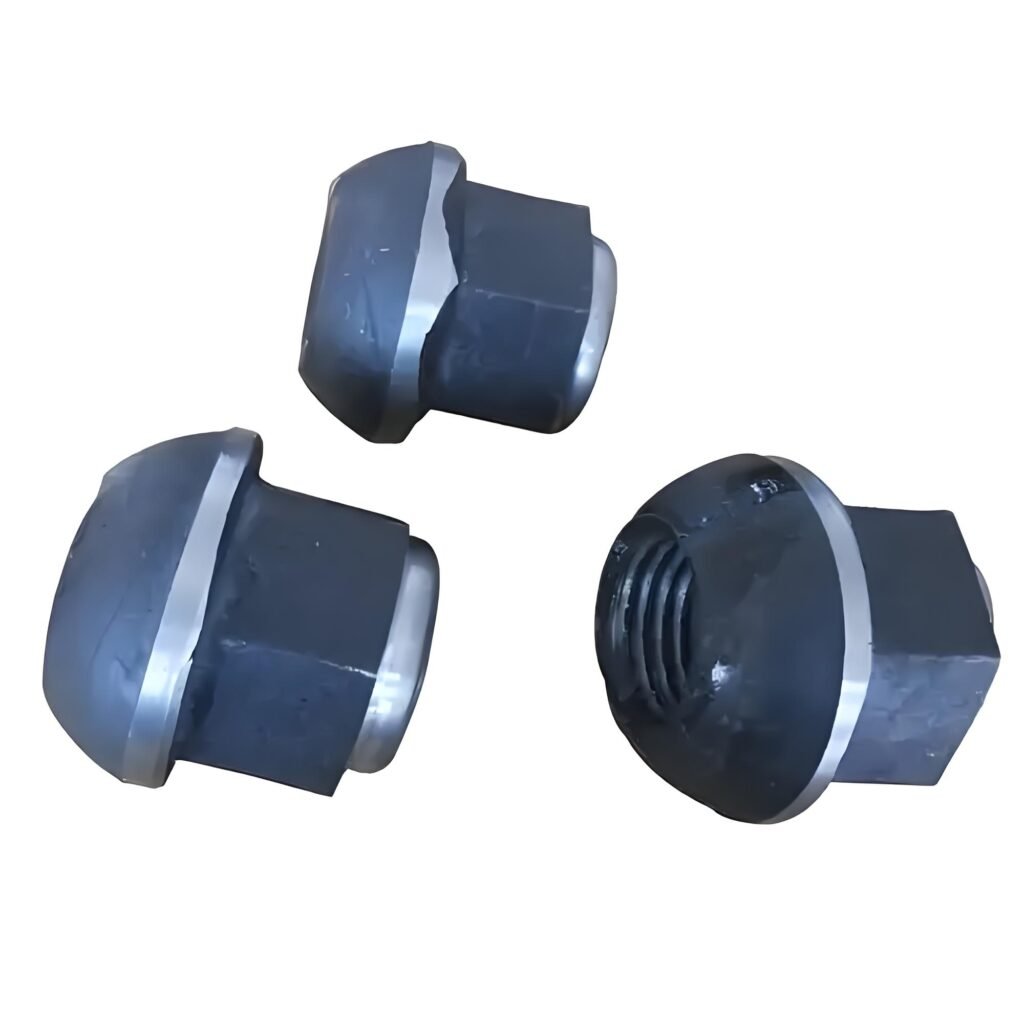
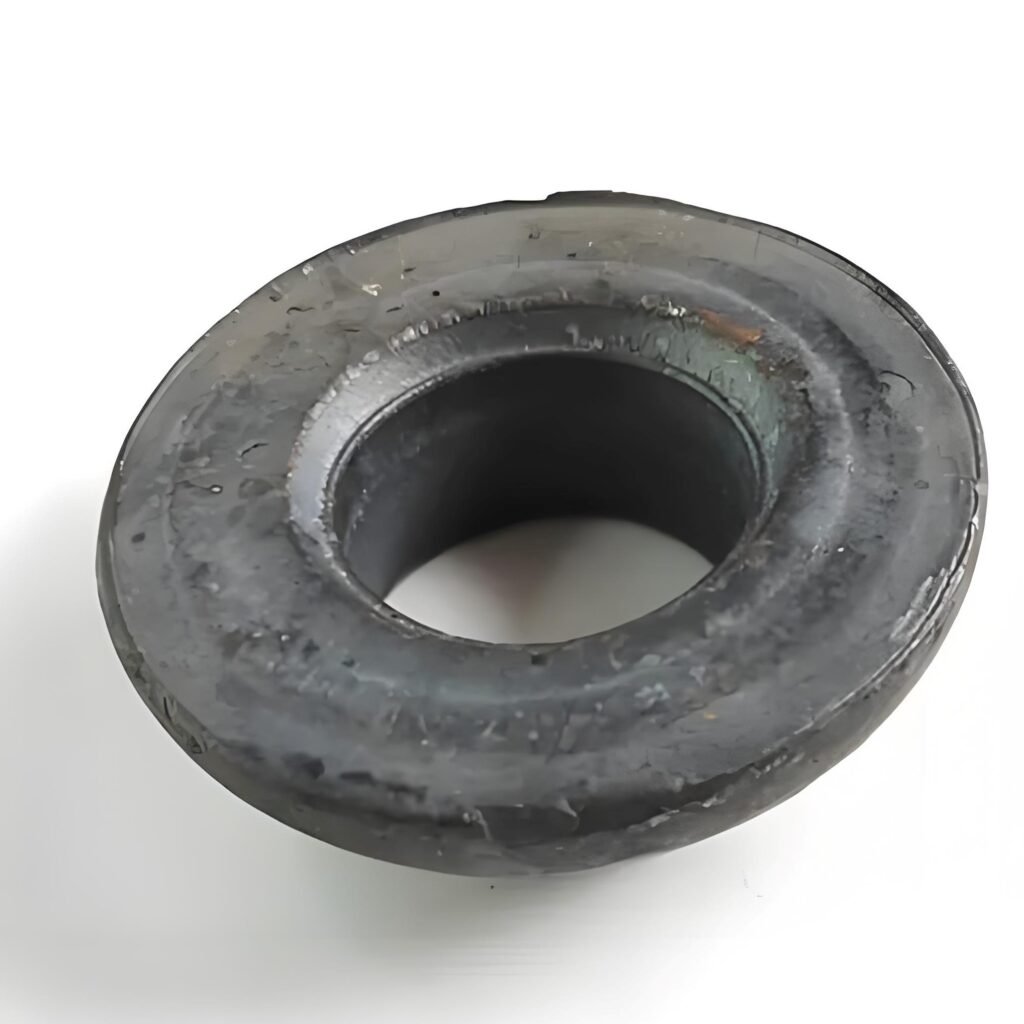
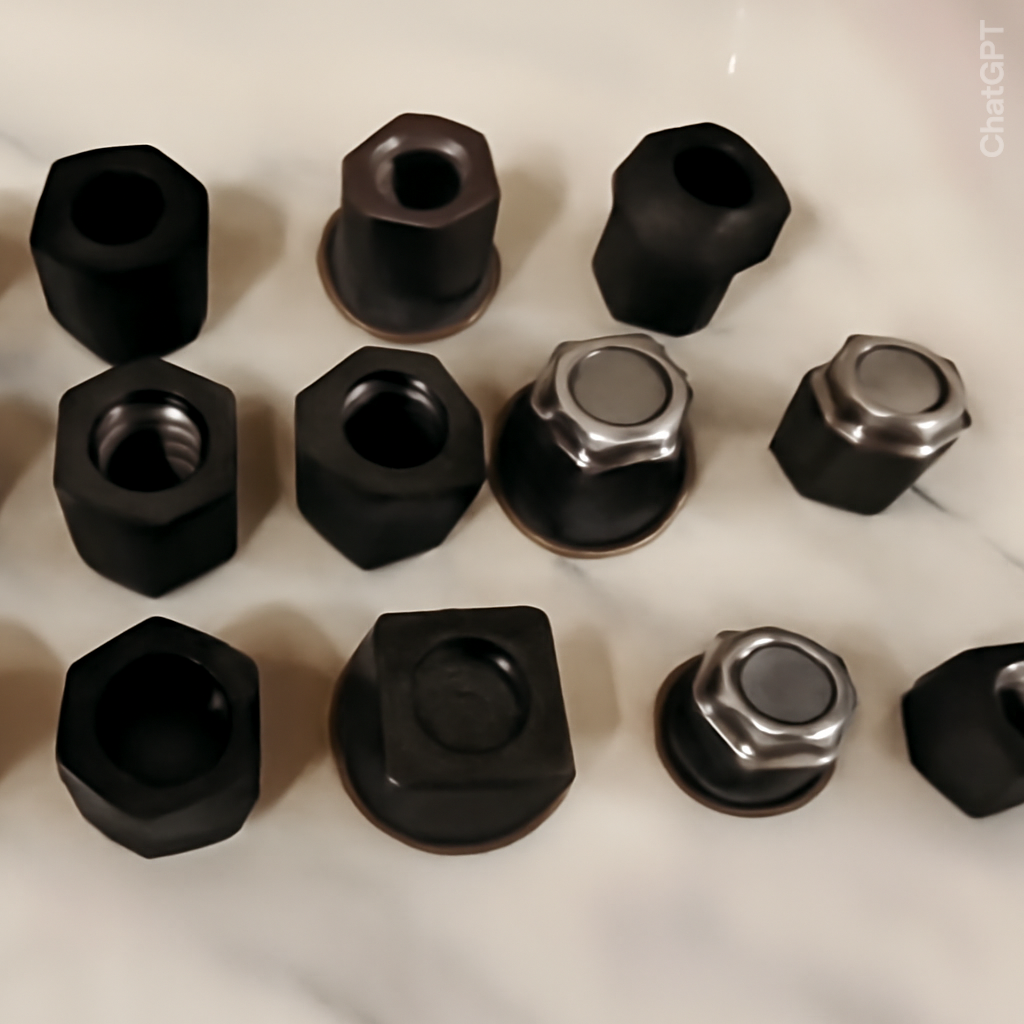

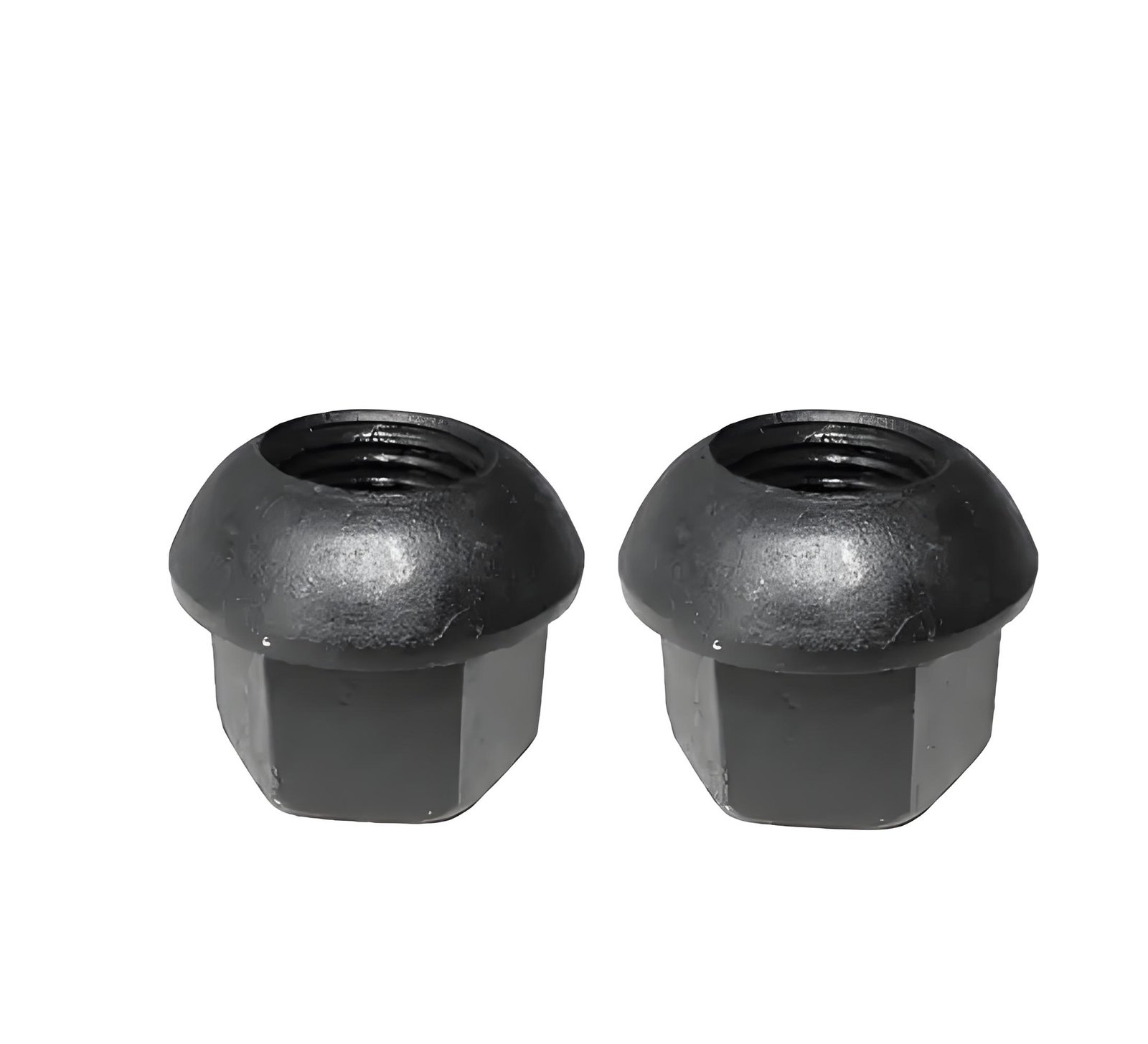
Coal Mine Nut
The purpose of mine support is to prevent dangerous incidents such as cave-ins and slippage during mining operations. As critical fasteners for connecting and securing support components, nuts play an indispensable role in mine support systems.
– Fixed Anchor Bolts and Support Equipment
– Enhance the strength and stability of support structures
– Prevent loosening and vibration
– Withstand extreme environmental conditions
– Support adjustment and maintenance
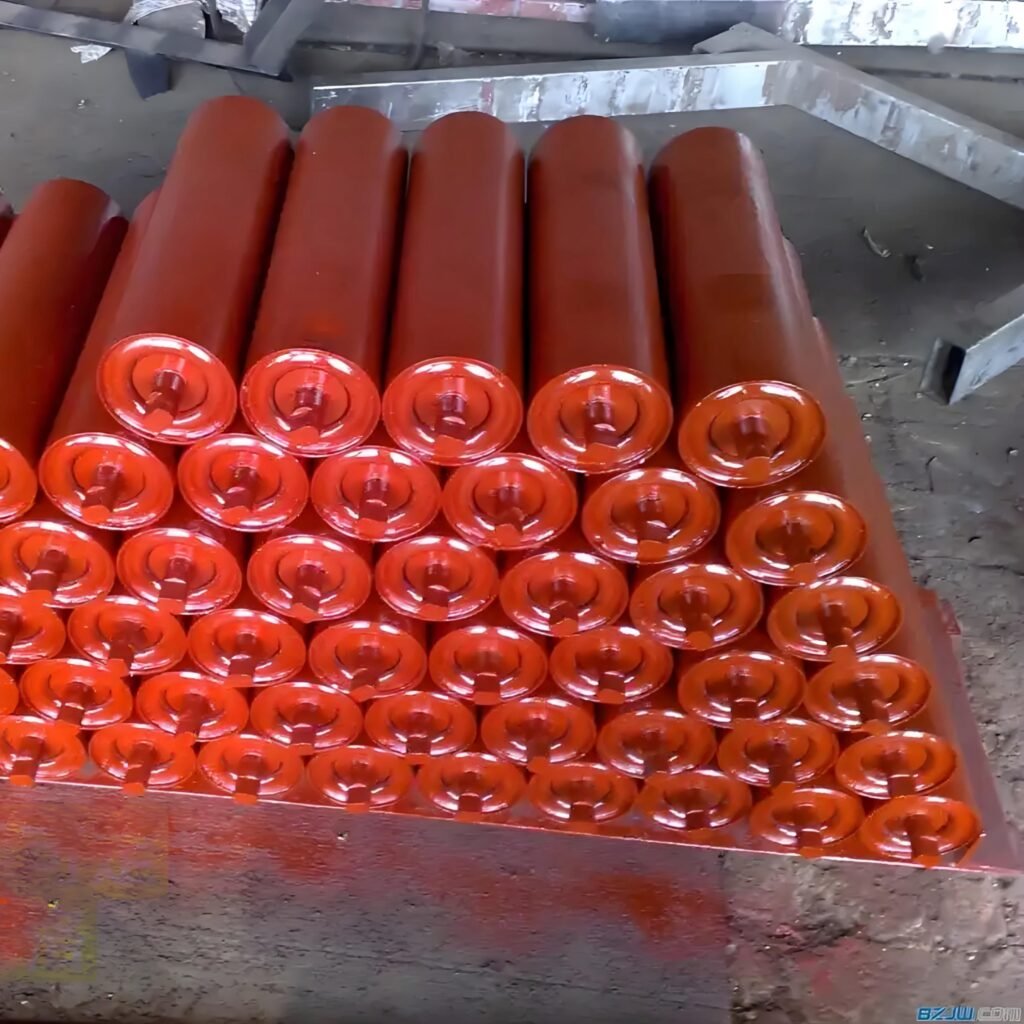
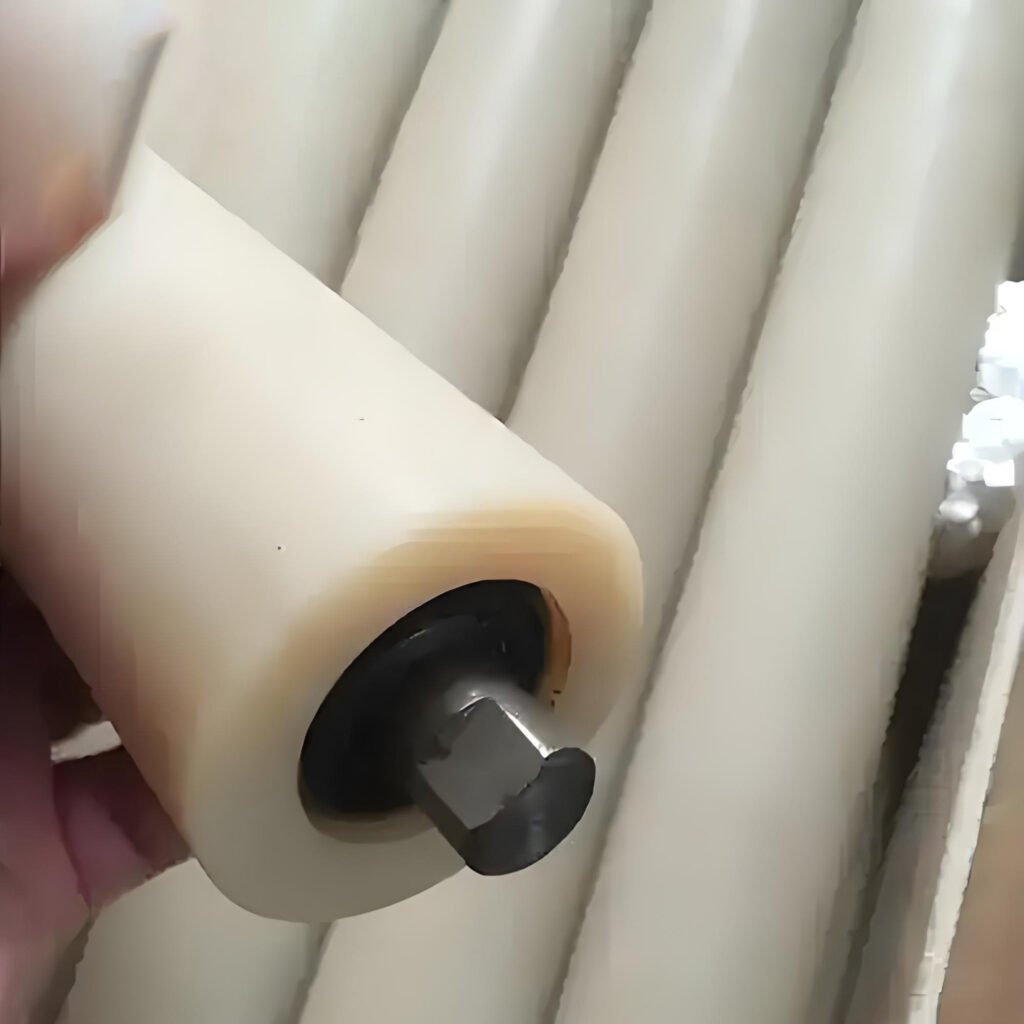
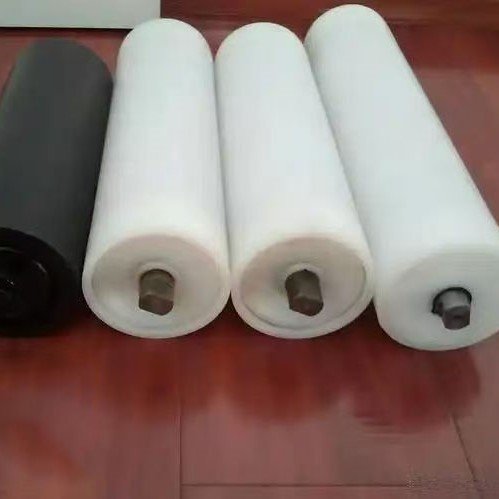
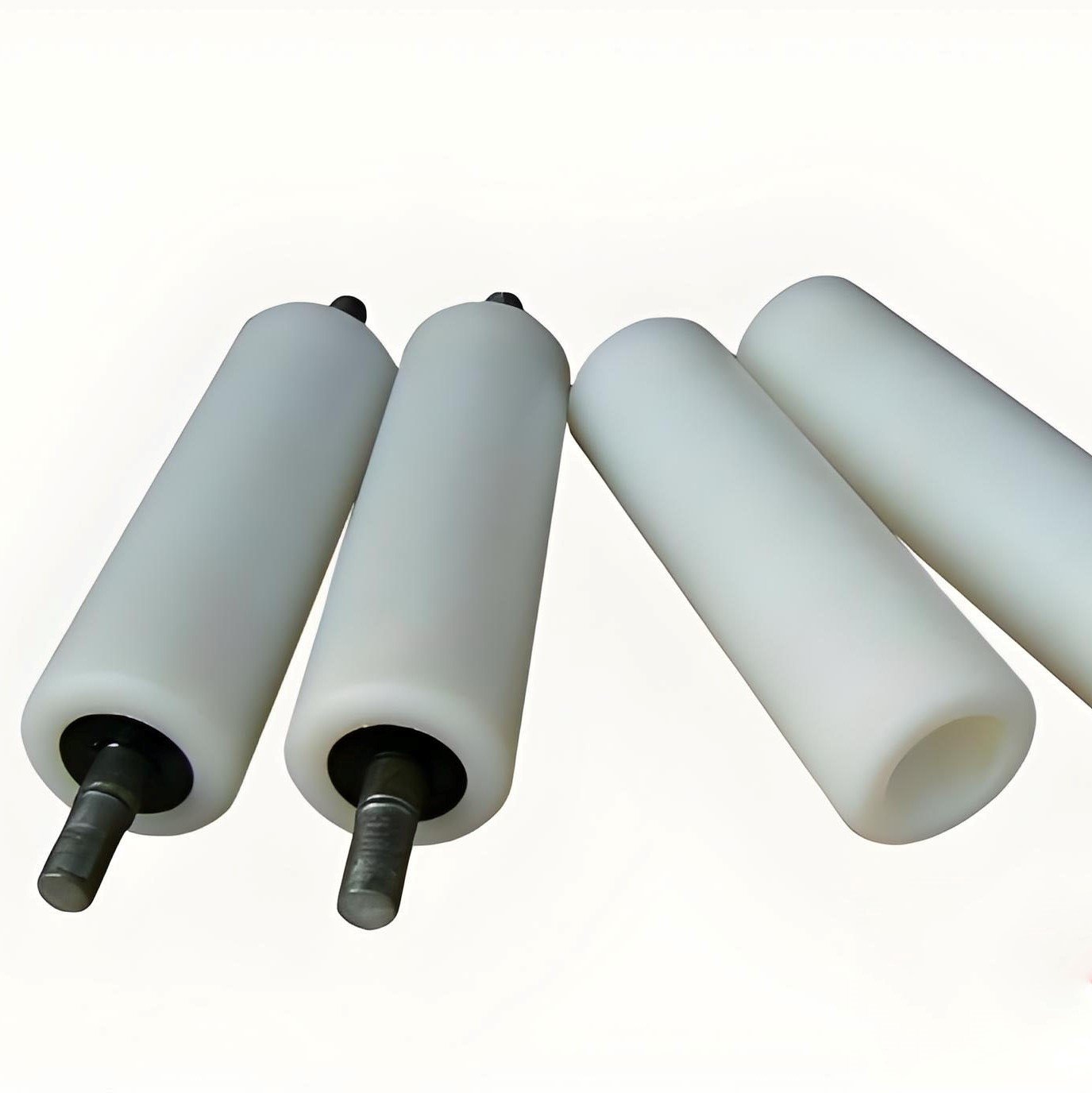
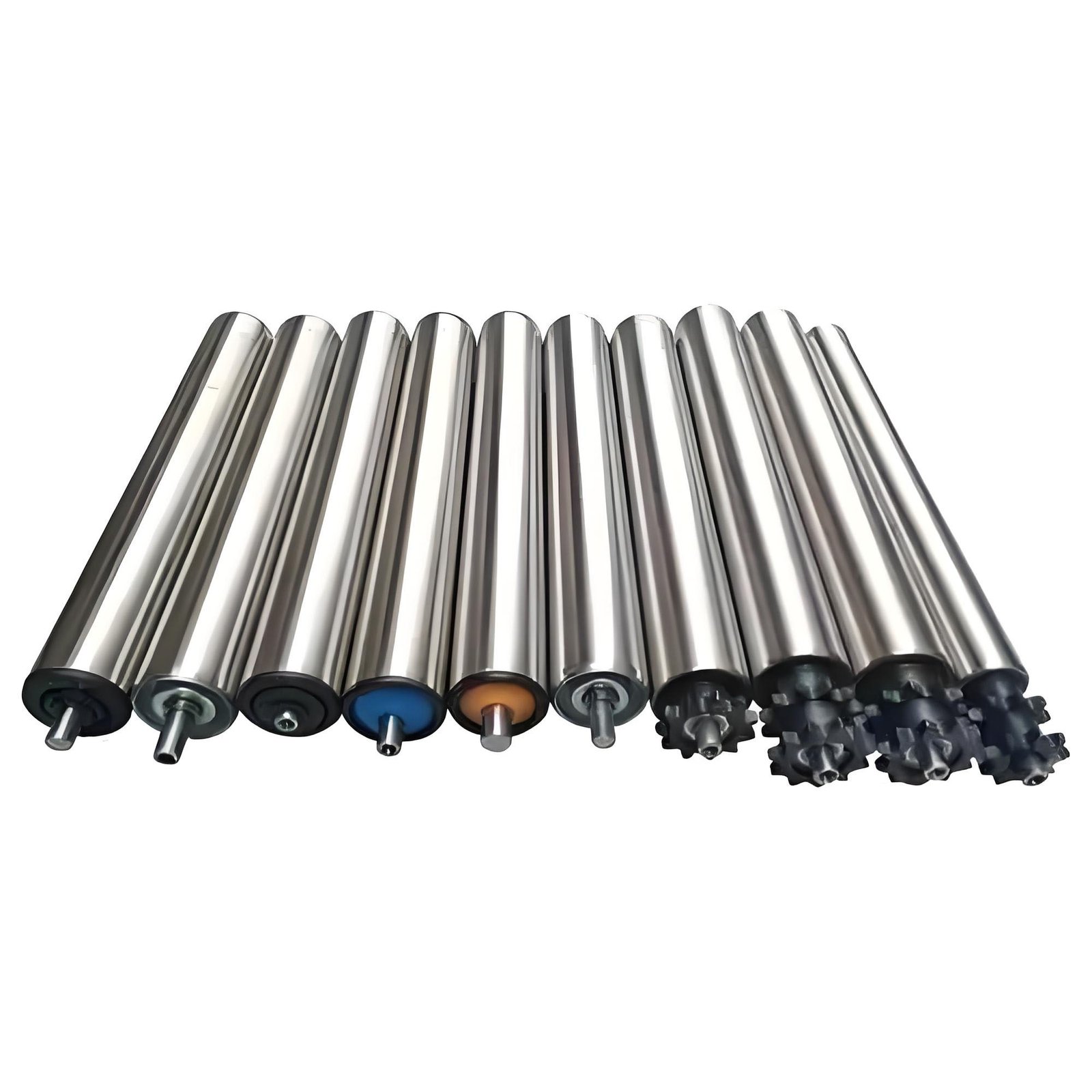
Togong
By material classification: rubber idlers, ceramic idlers, nylon idlers, insulated idlers, plastic idlers, metal idlers, etc.
– By Application:
– Trough Rollers: Including standard rollers, forward-inclined rollers, quick-change bearing rollers, suspended rollers, triple-chain rollers, reversible rollers, variable-trough-angle rollers, transition rollers, V-shaped rollers, etc.
– Parallel Rollers: Standard rollers, comb rollers, forward-tilting rollers, steel-rubber rollers, spiral rollers, etc.
– Self-aligning Rollers: General-purpose rollers, friction-reversible rollers, heavy-duty rollers, tapered rollers, spiral rollers, and combination rollers.
– Shock-absorbing rollers: include spring plate rollers, shock ring rollers, heavy-duty shock-absorbing rollers, adjustable elastic rollers, and suspended rollers.
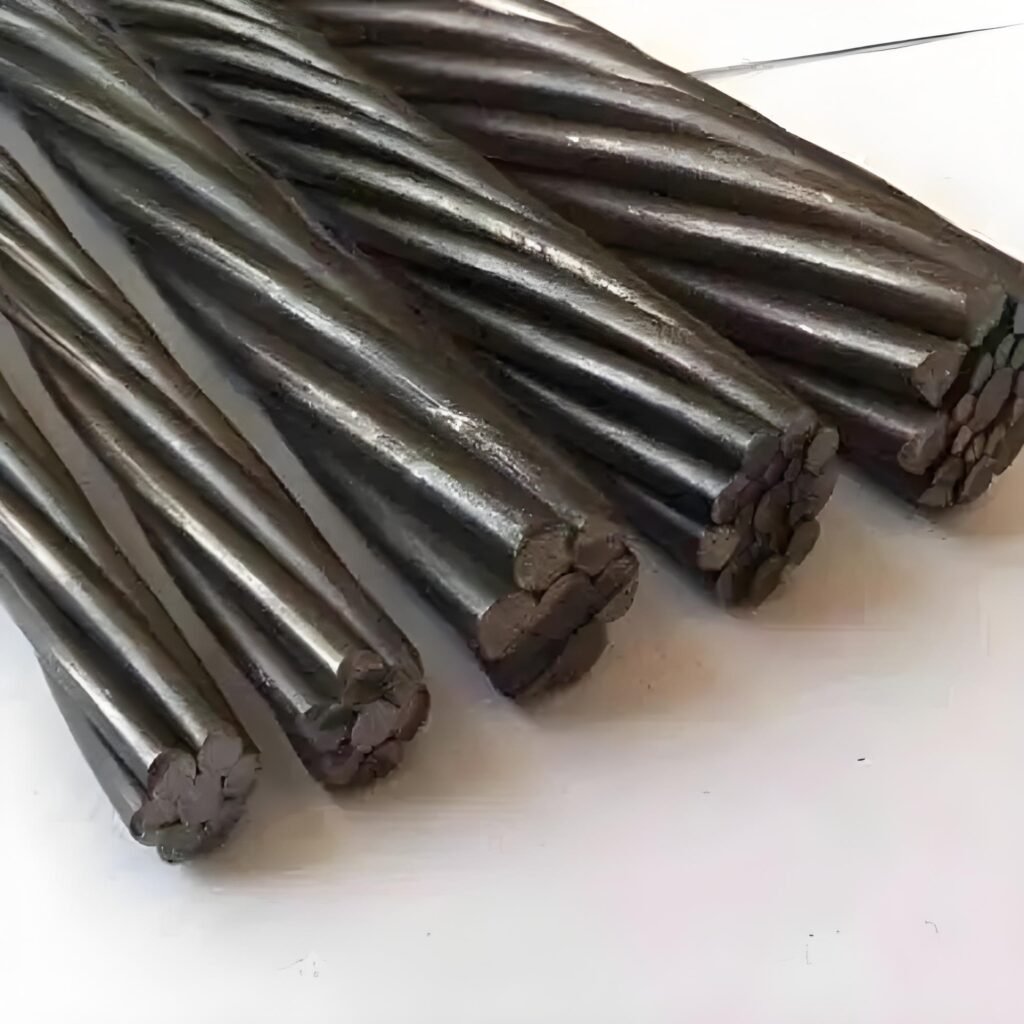
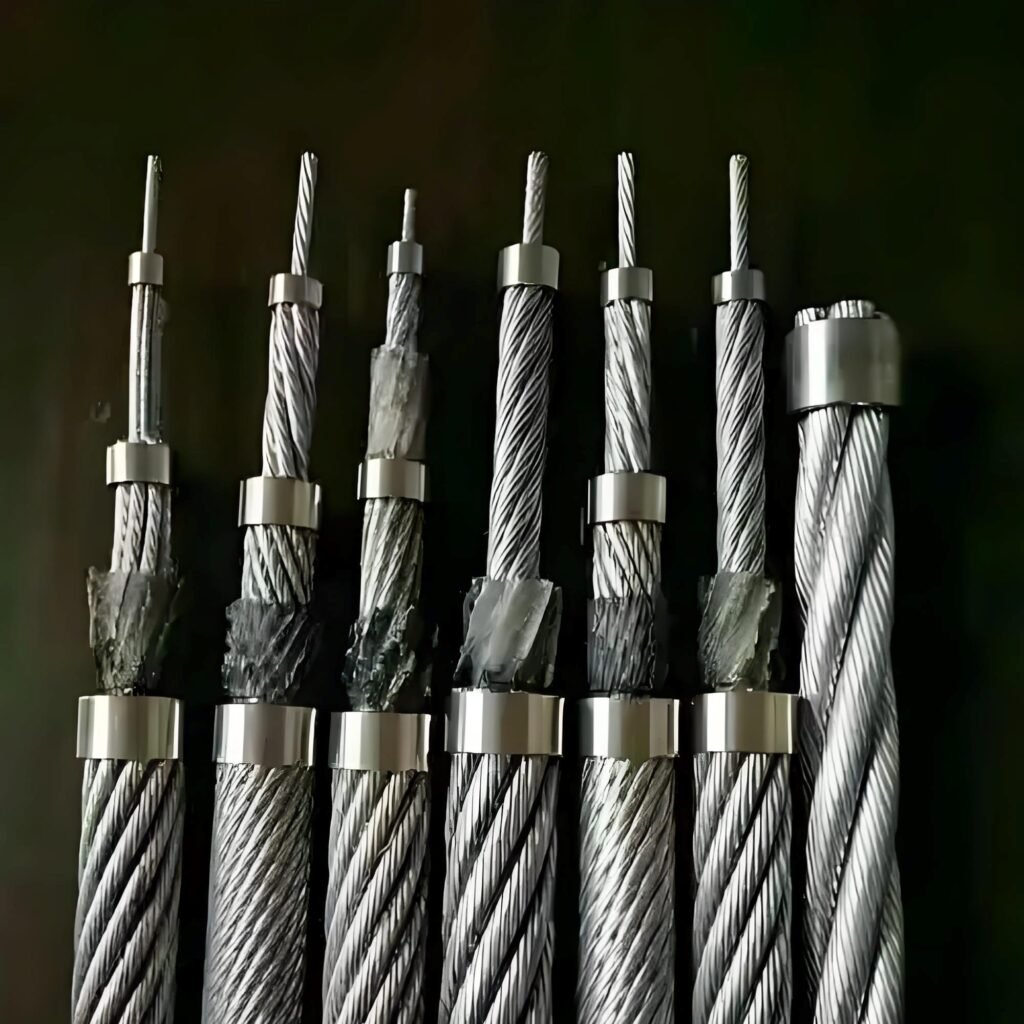
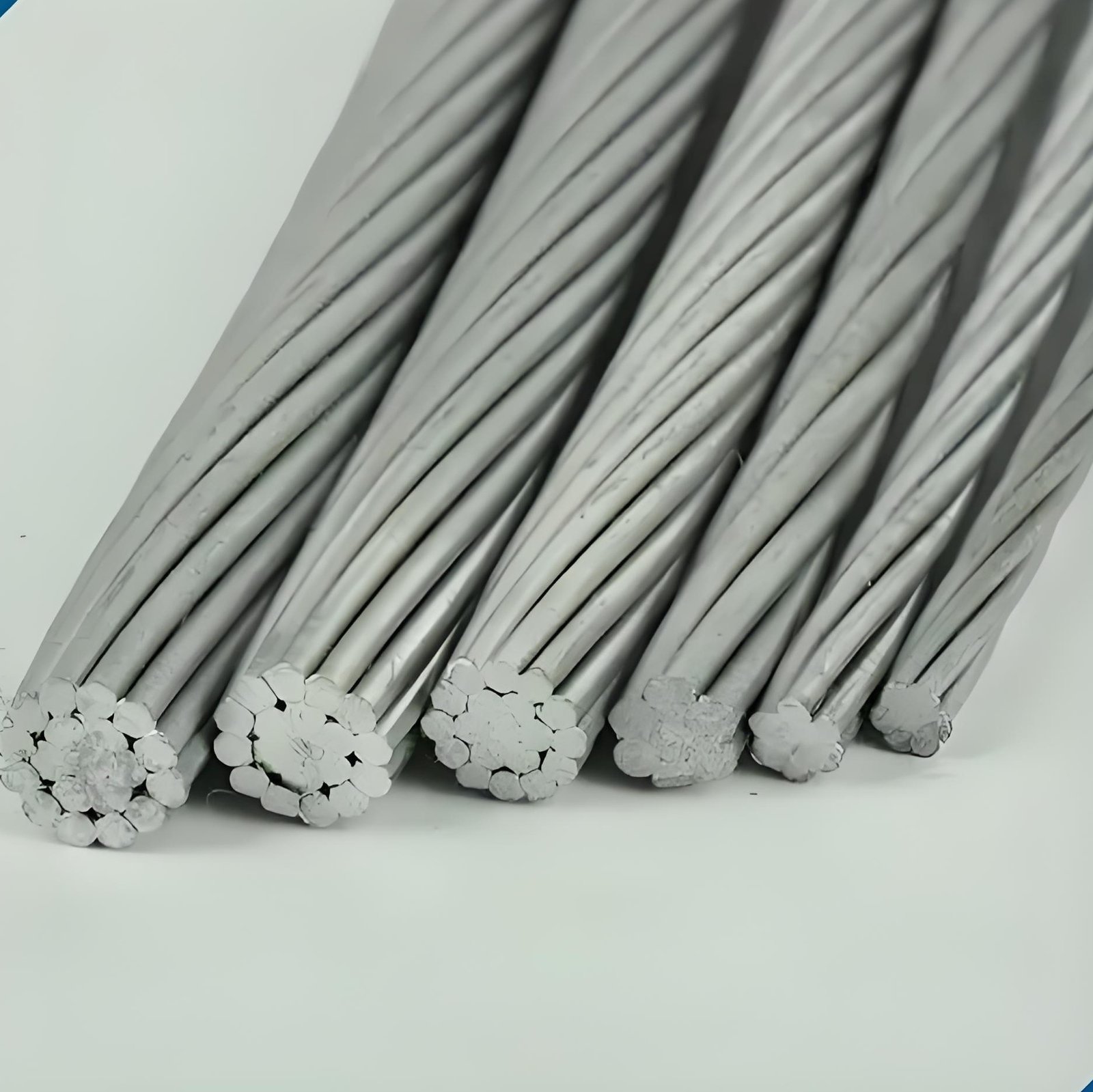

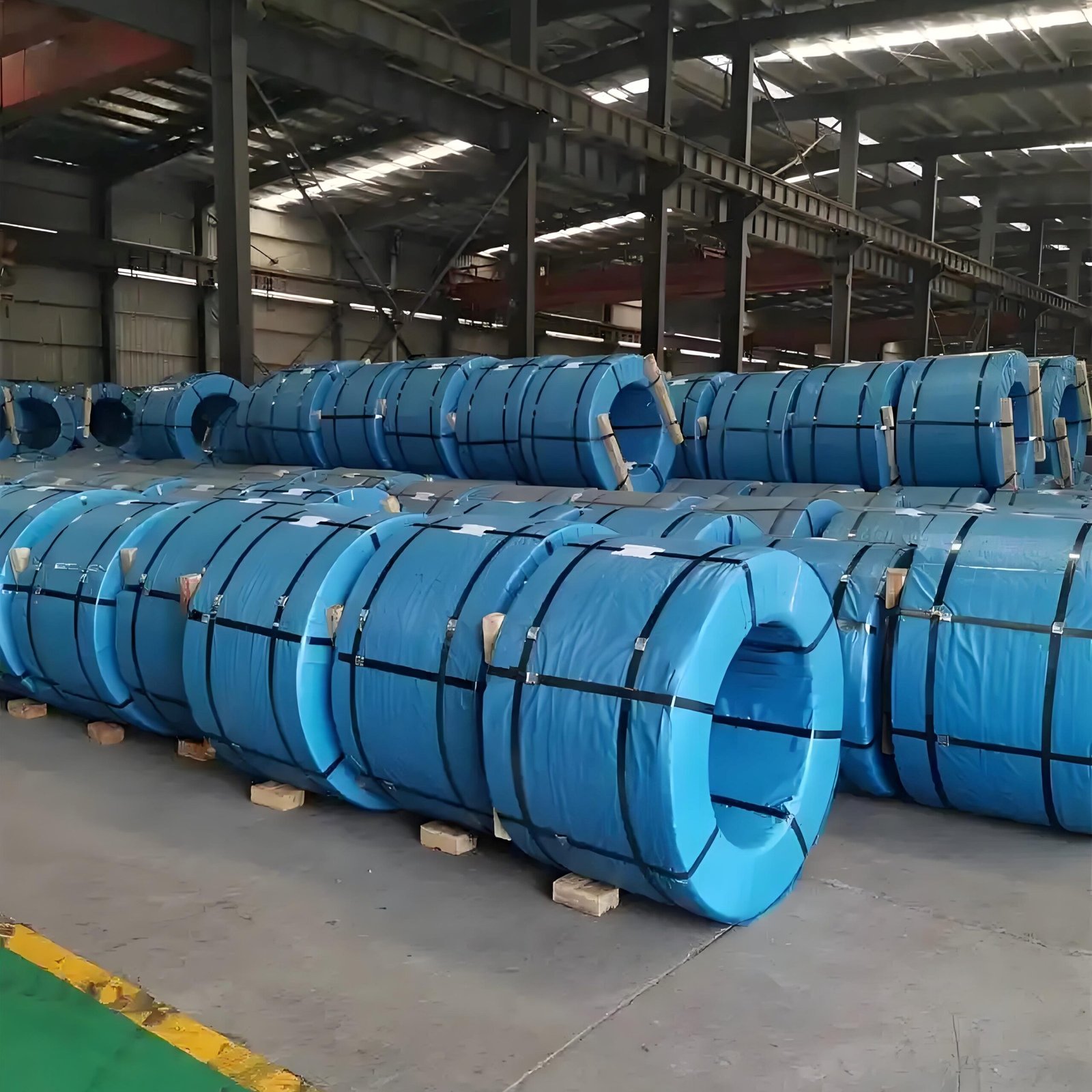
Steel strand
Steel Strand, Alloy Steel Strand, Copper-Plated Steel Strand, Galvanized Steel Strand
Steel strand is a commonly used reinforcement material in mining support products, primarily employed in the support structures of underground engineering projects such as mines and tunnels.
It consists of multiple steel wires twisted together according to specific structural processes, offering high tensile strength and toughness. This enables it to effectively provide structural support, preventing collapses in mines or tunnels.
– High strength
– Corrosion resistance
– High flexibility
– Fatigue resistance
Contact US
If you have any questions about us, feel free to reach out anytime. We’ll get back to you as soon as possible!
